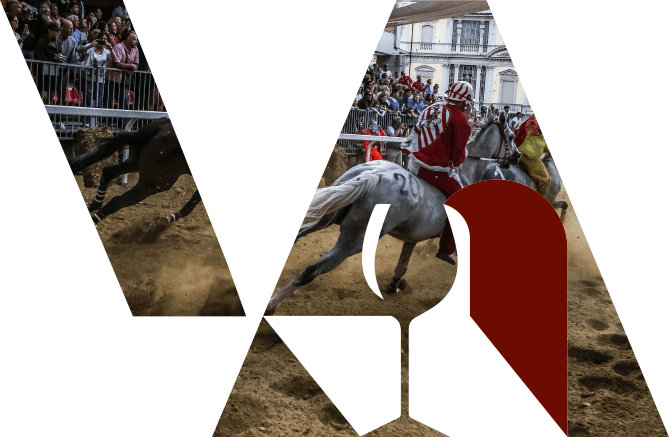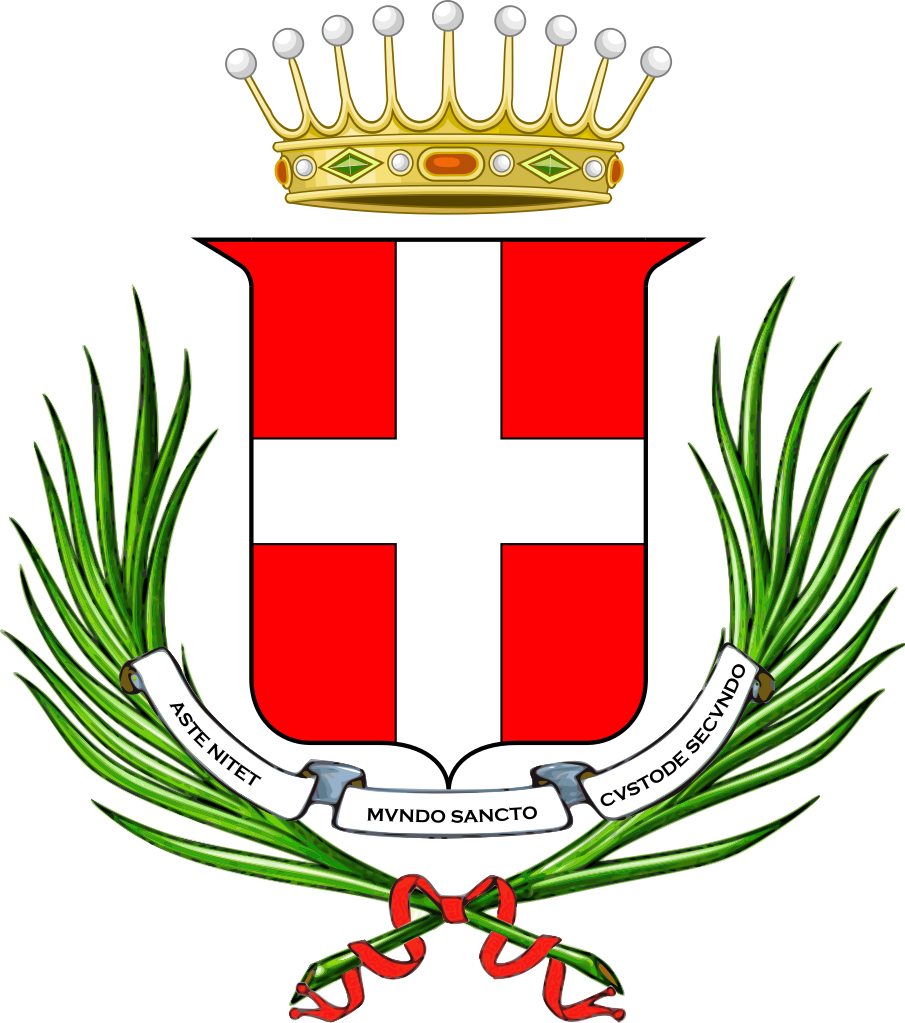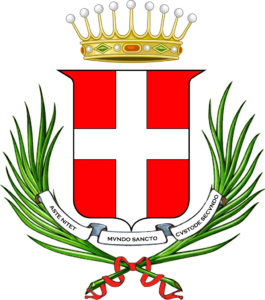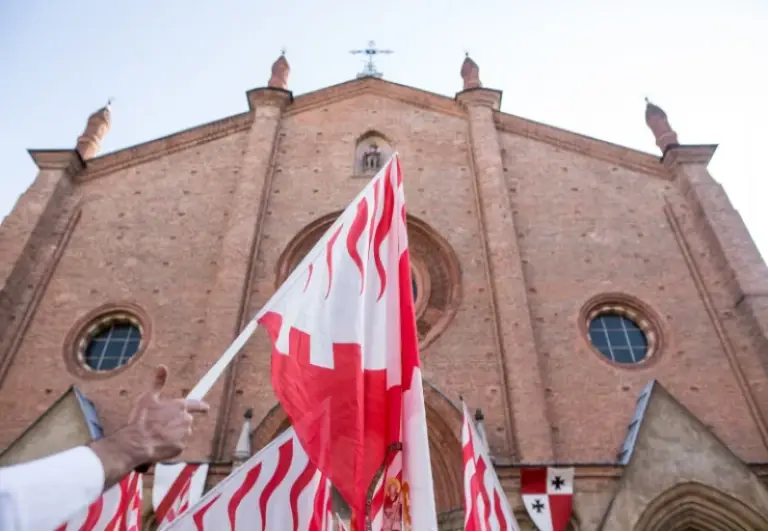
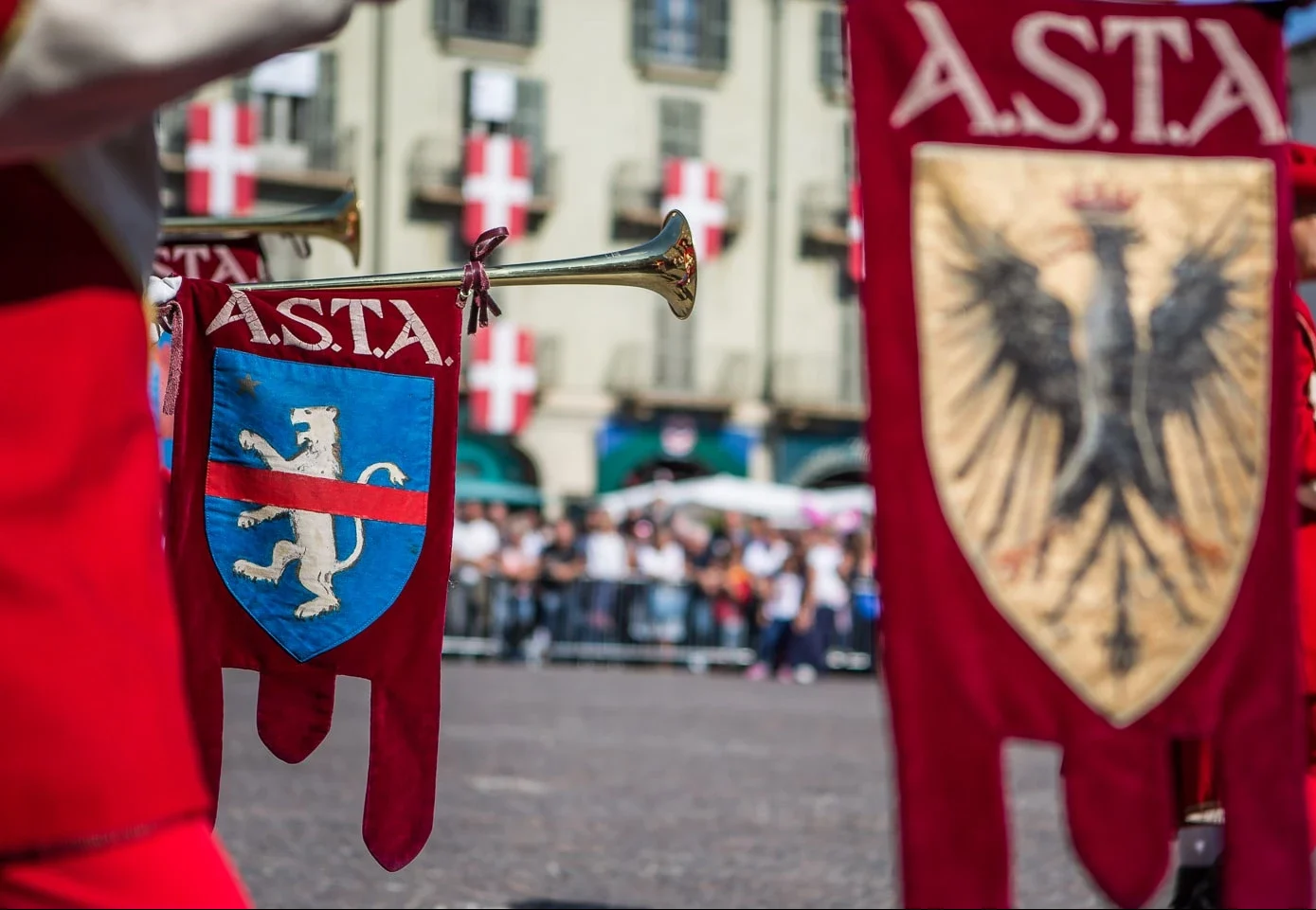
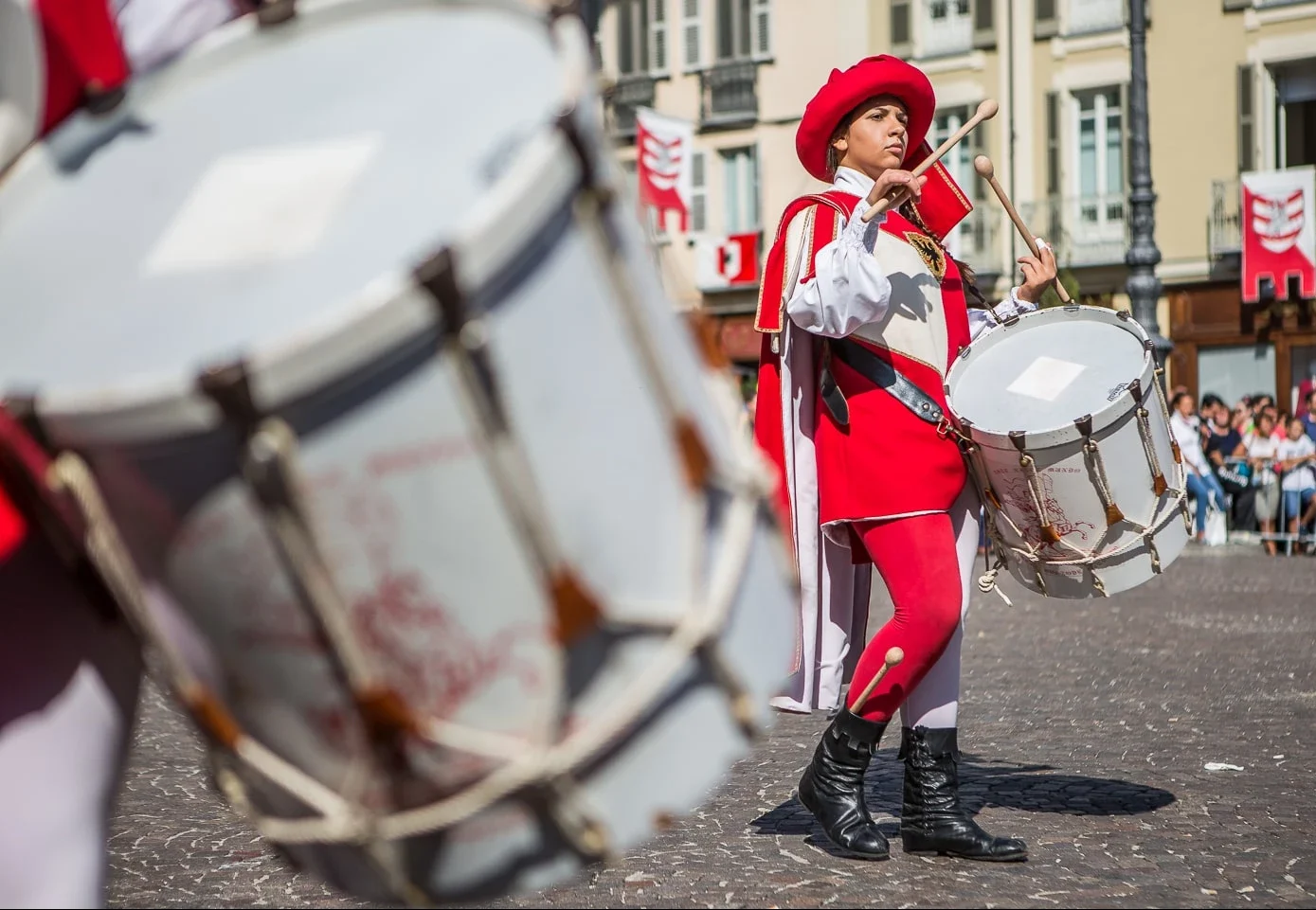

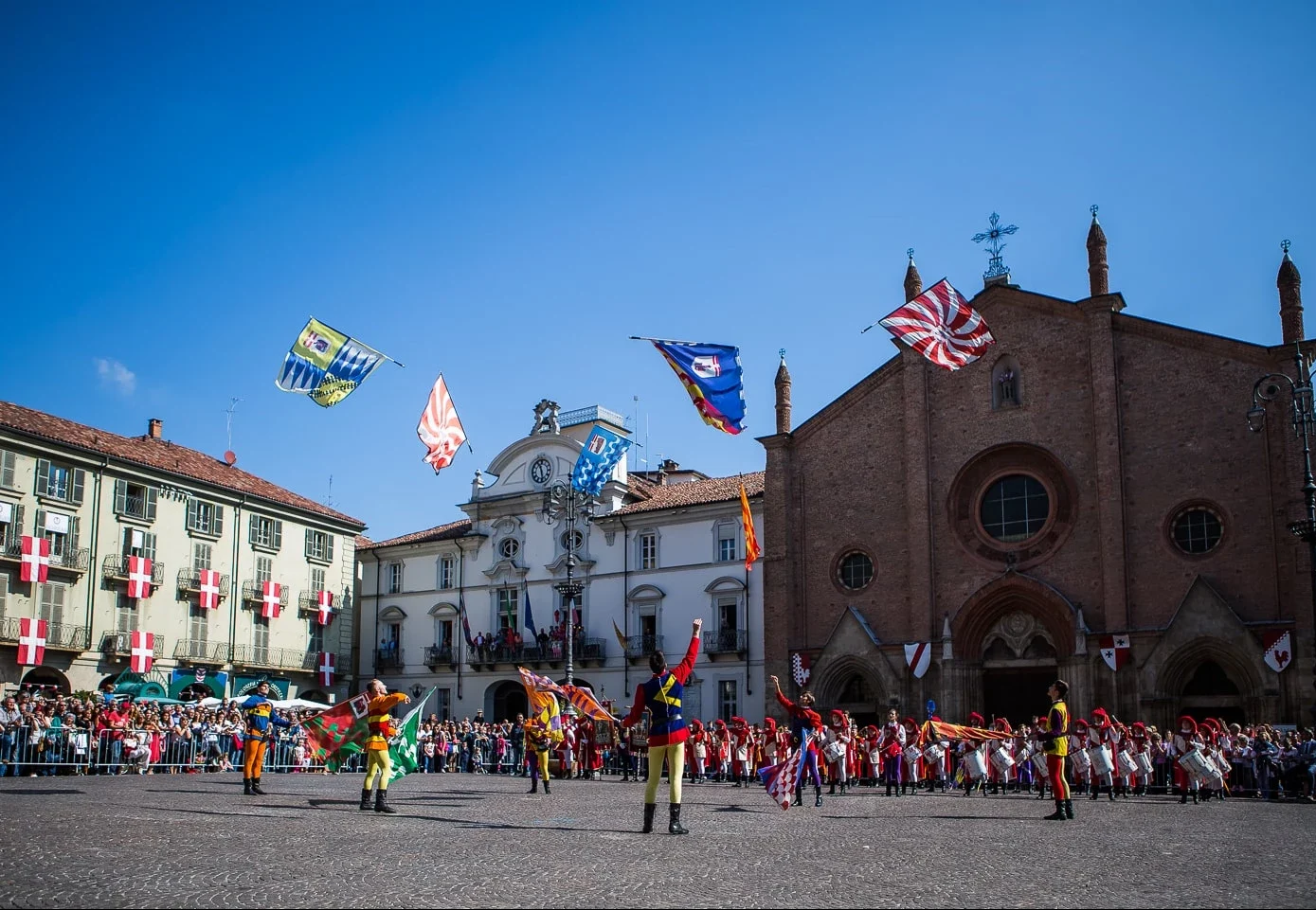
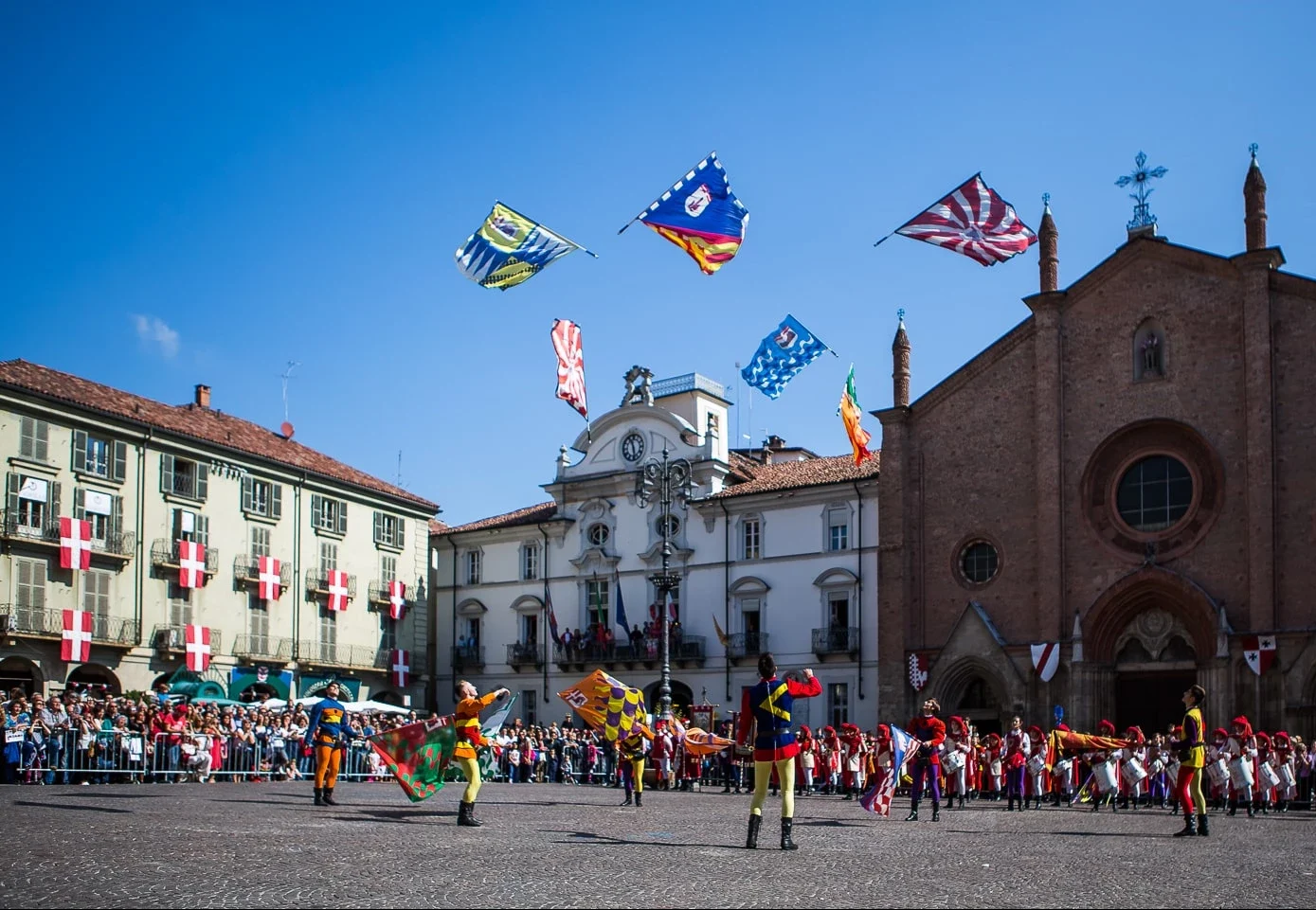
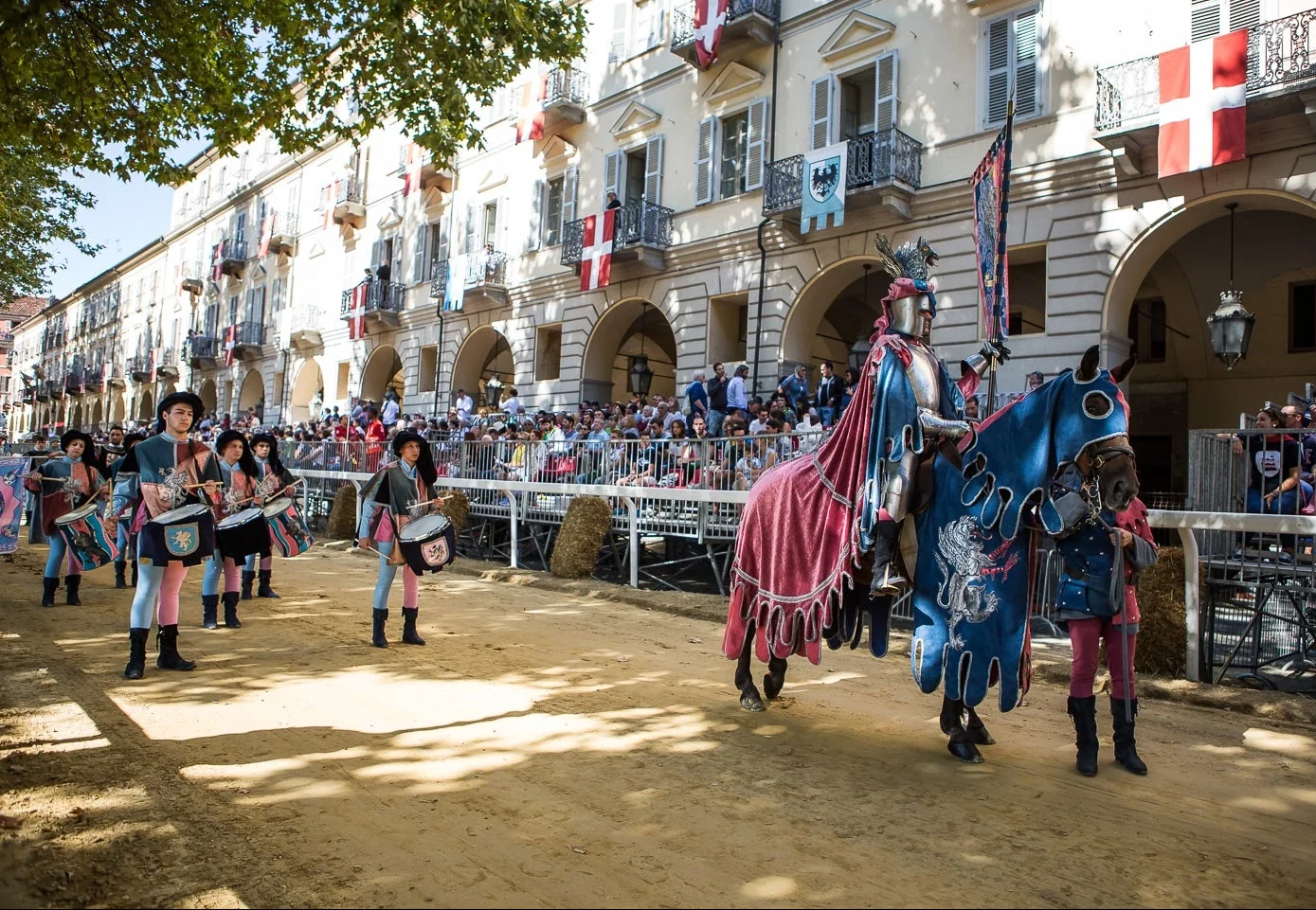
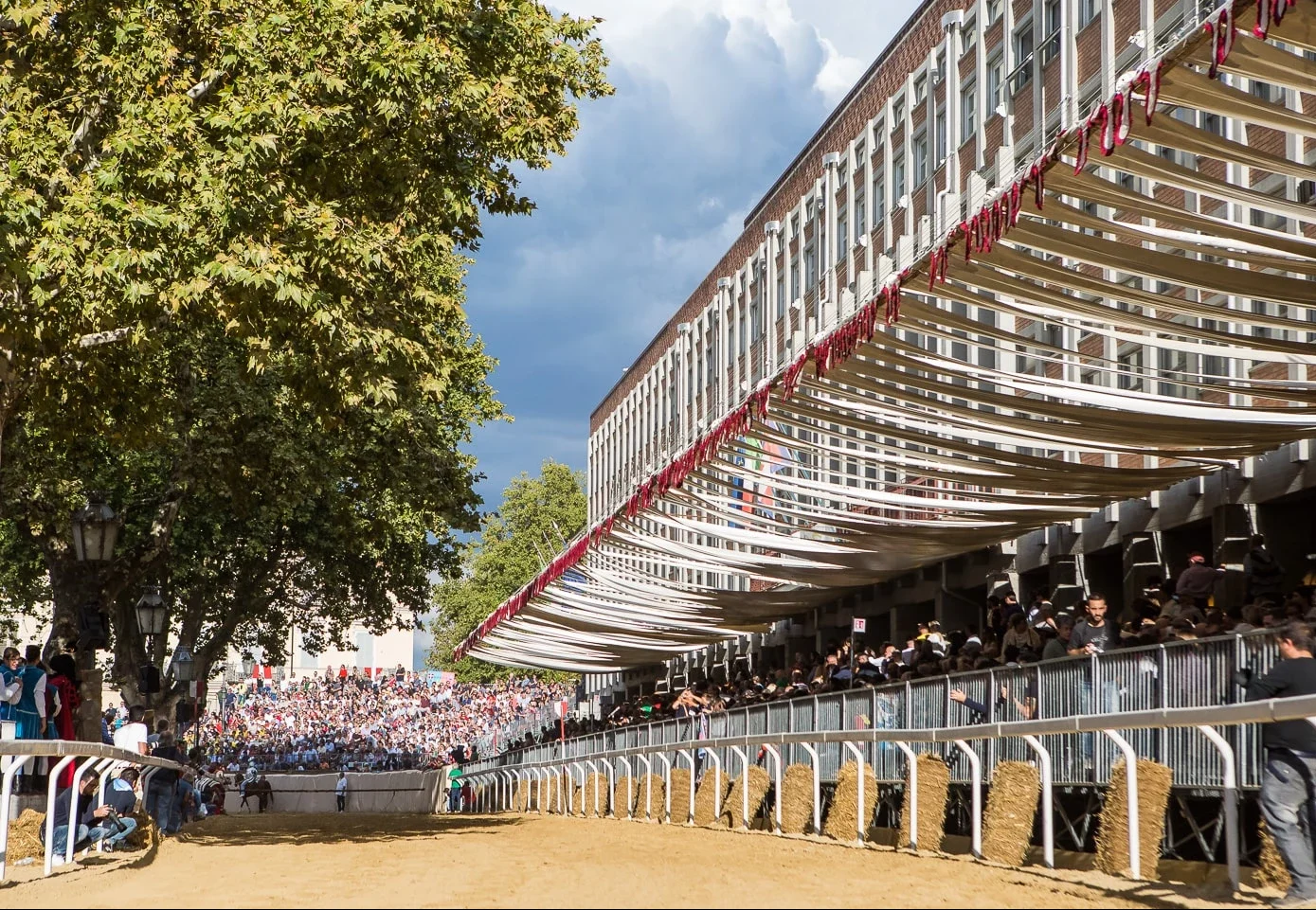
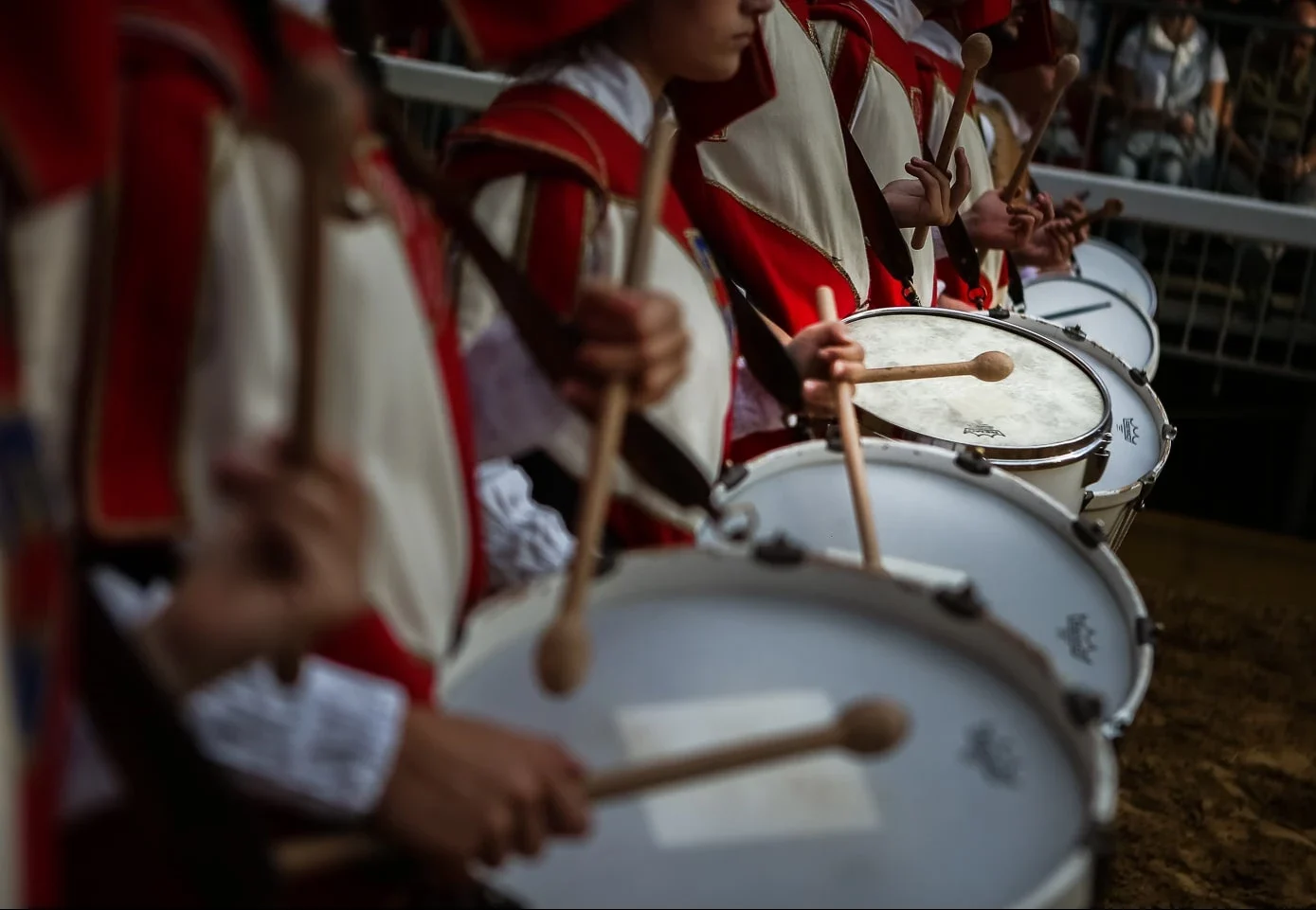
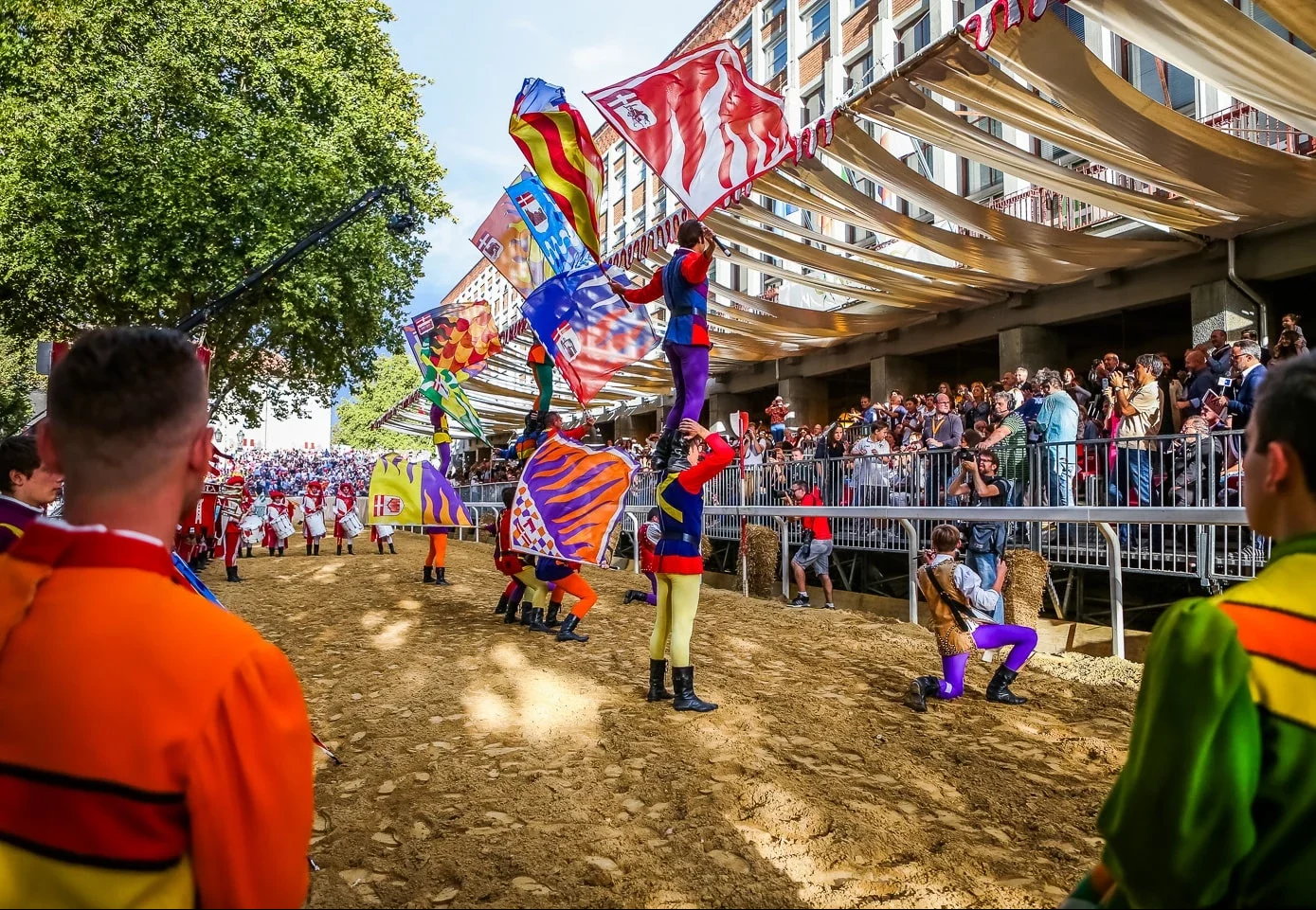

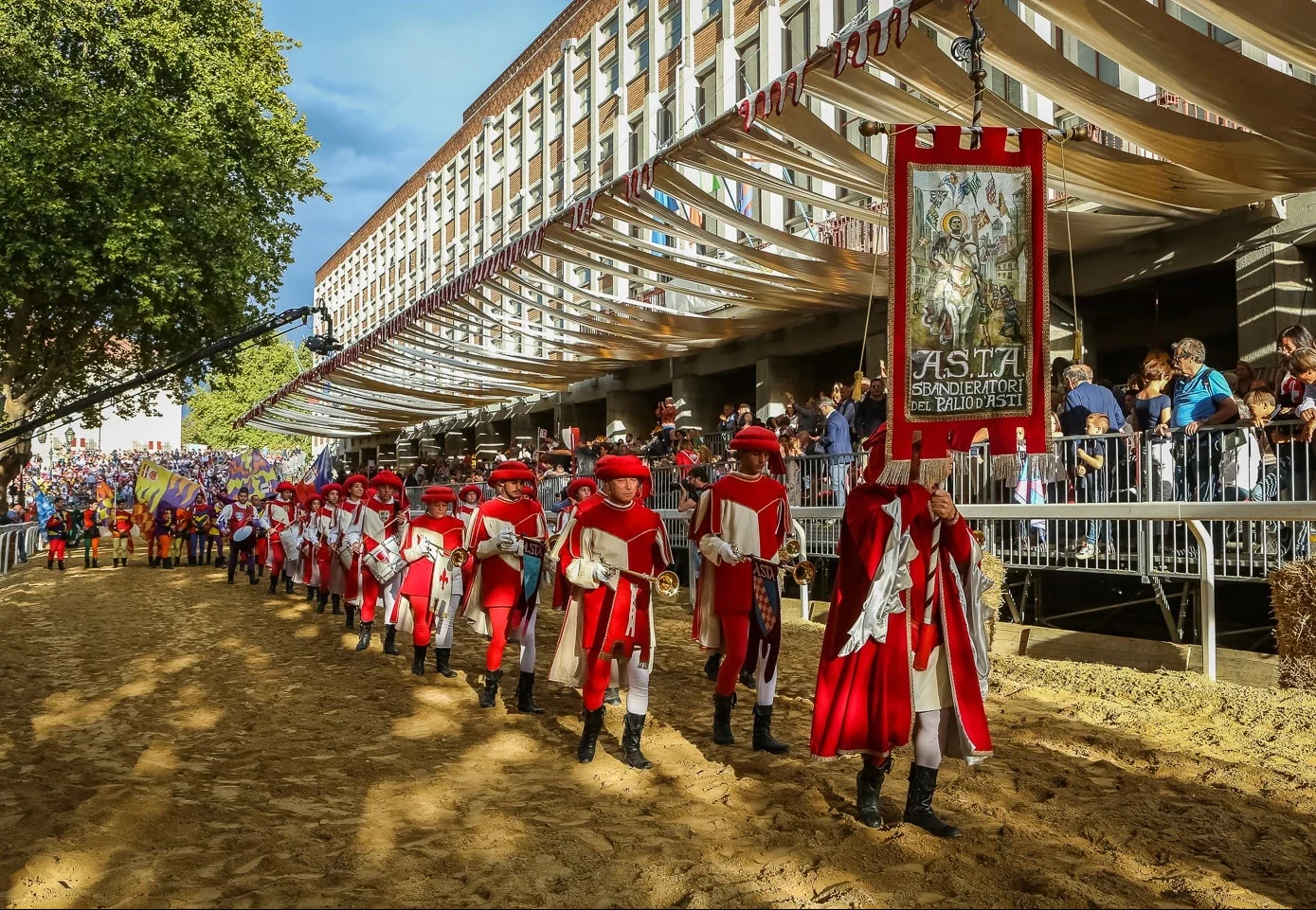
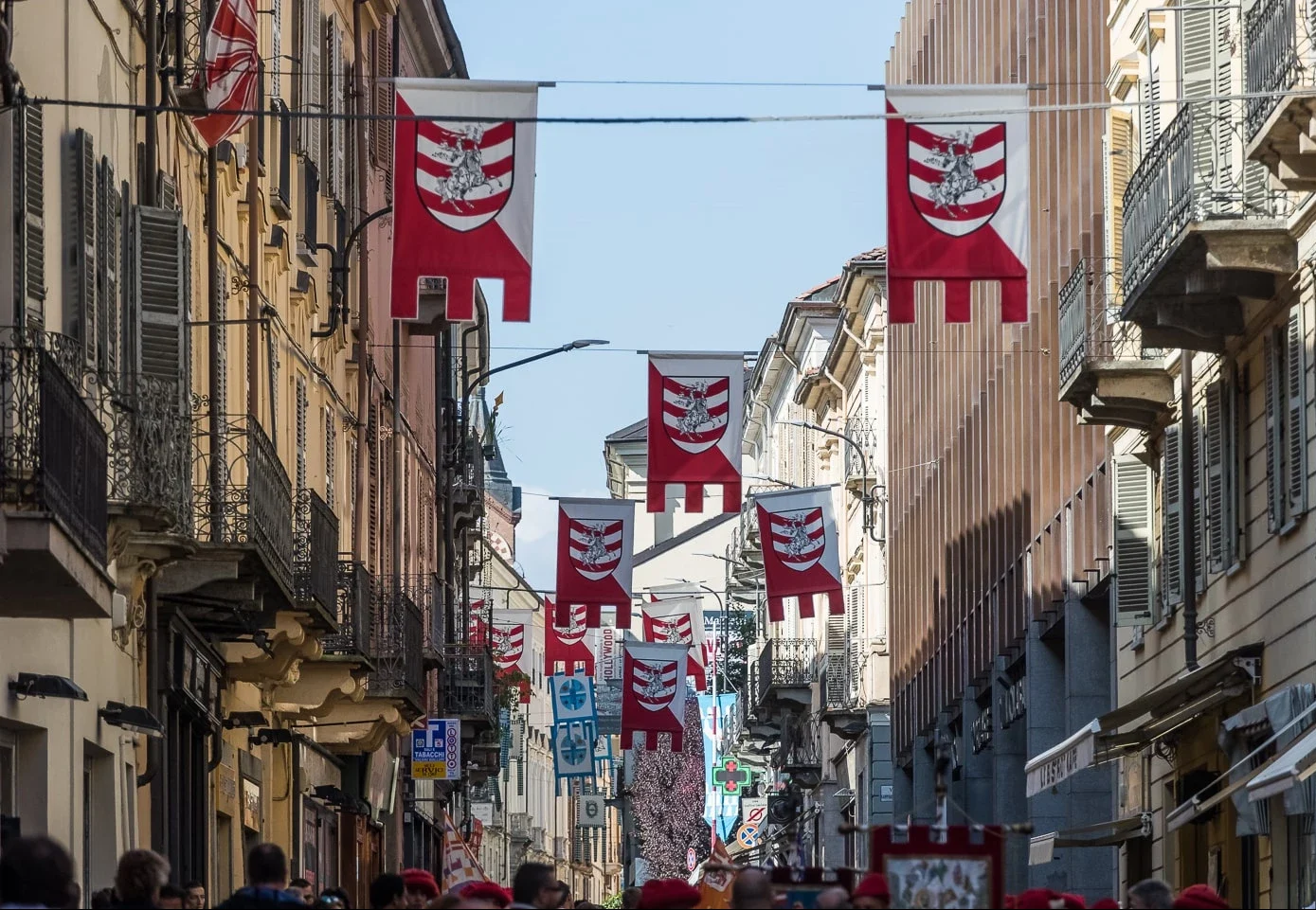
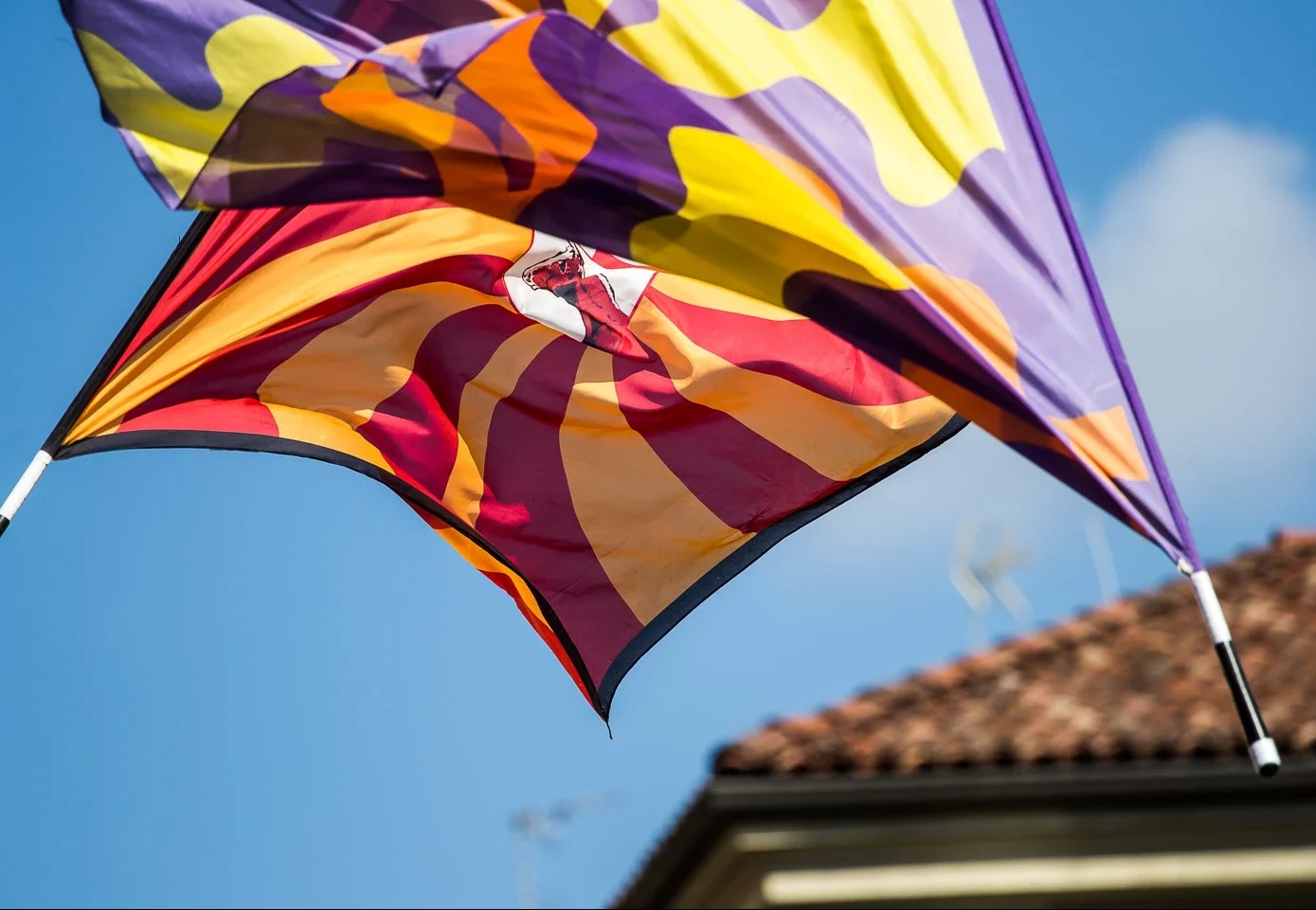
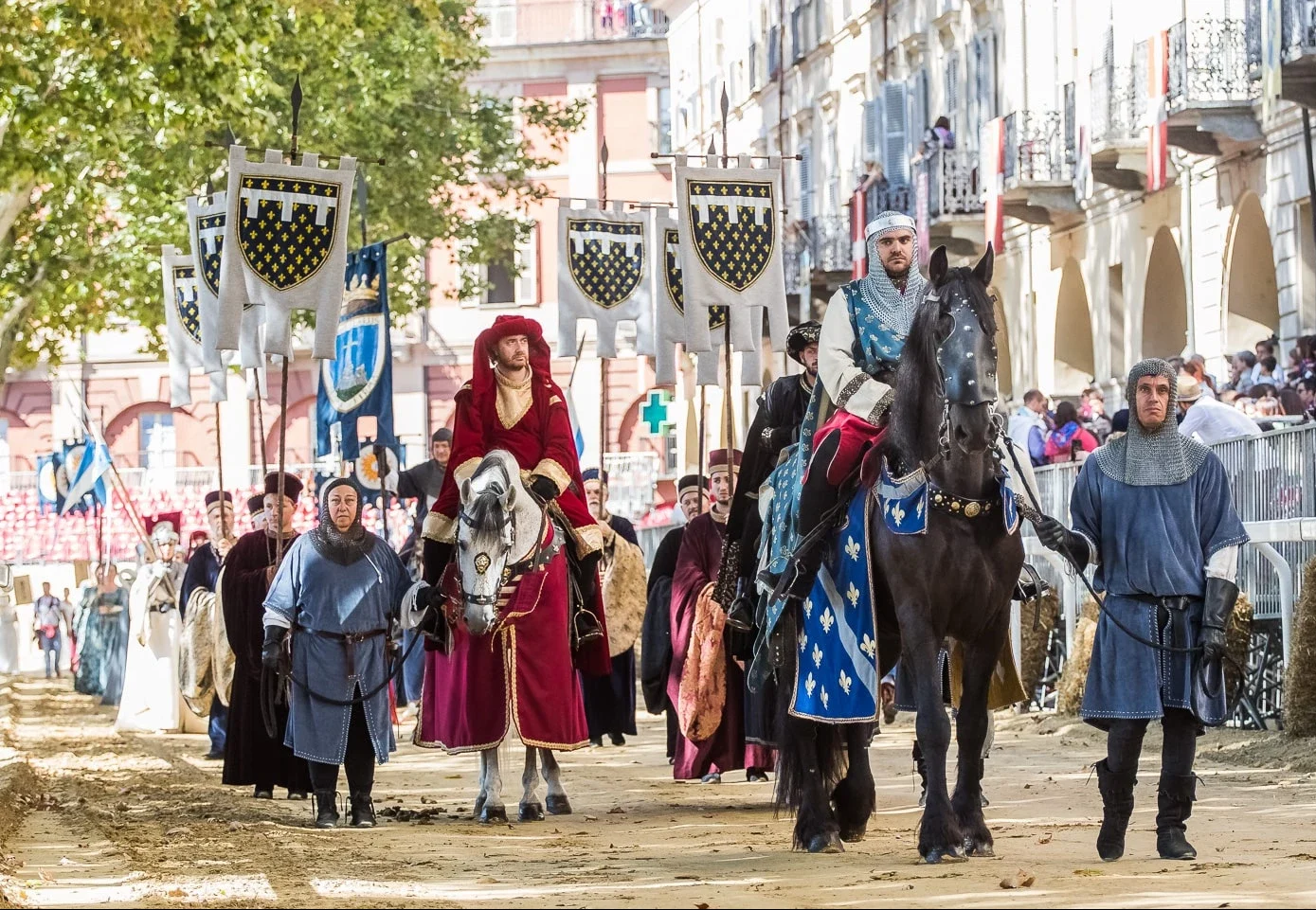
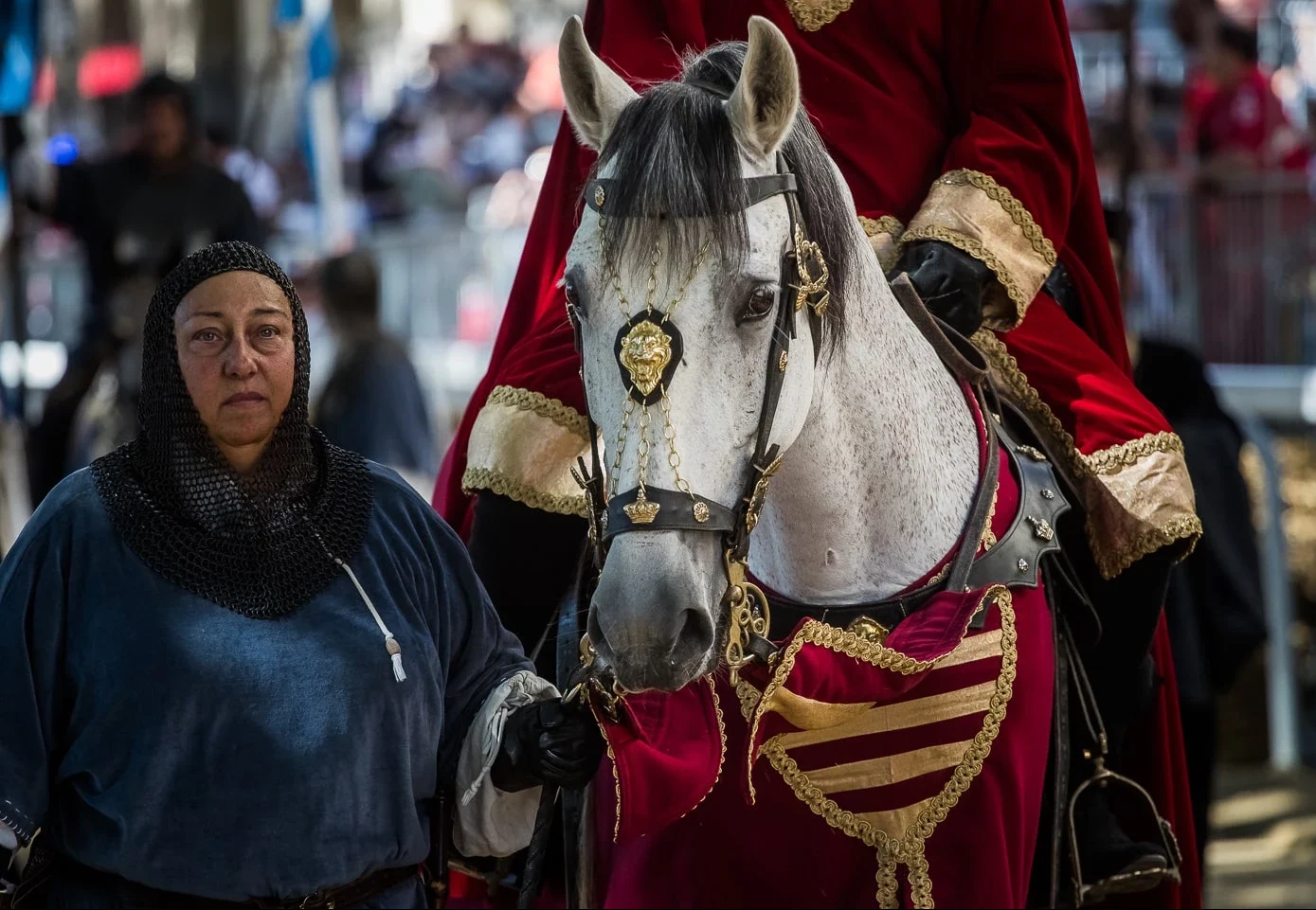
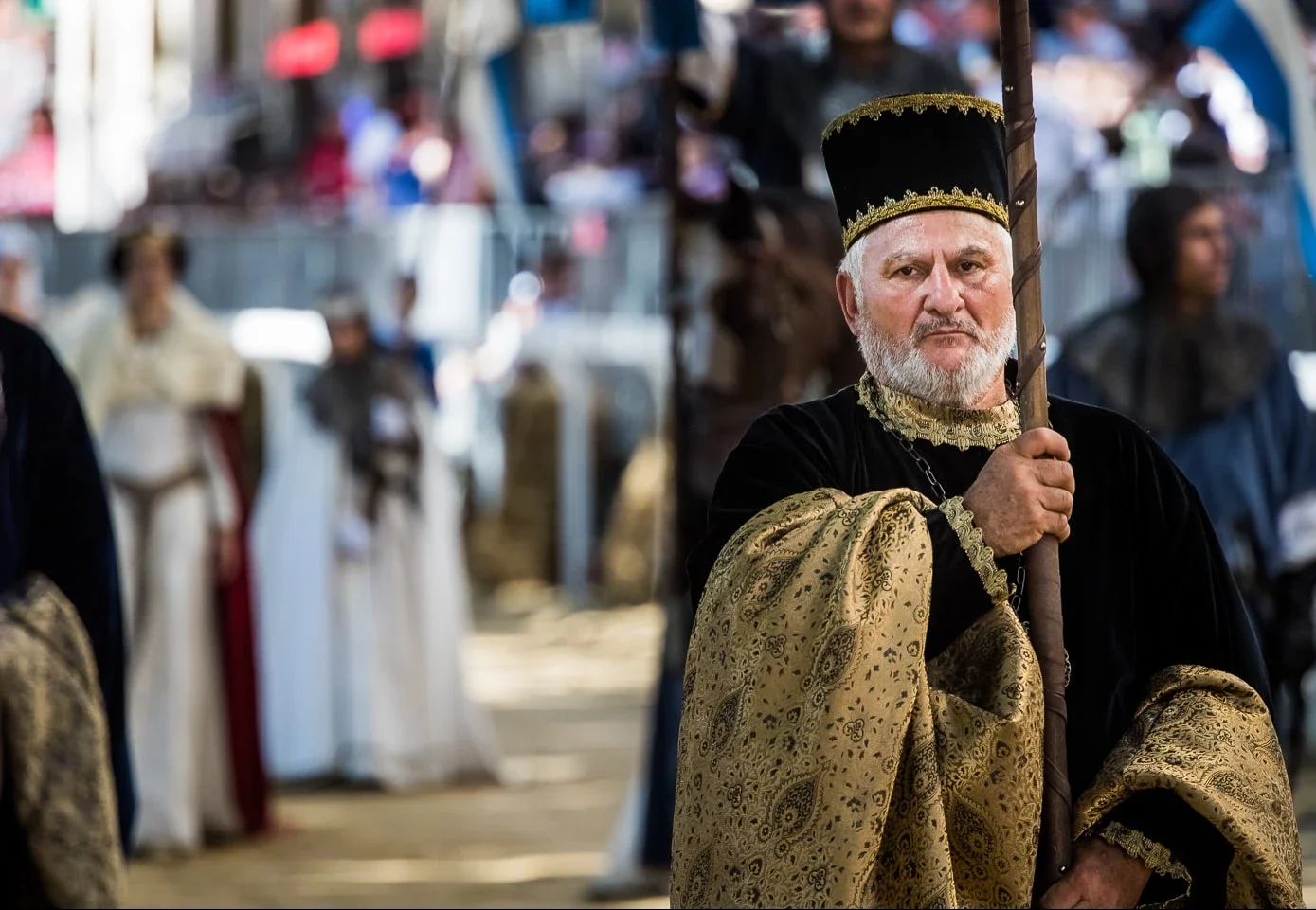
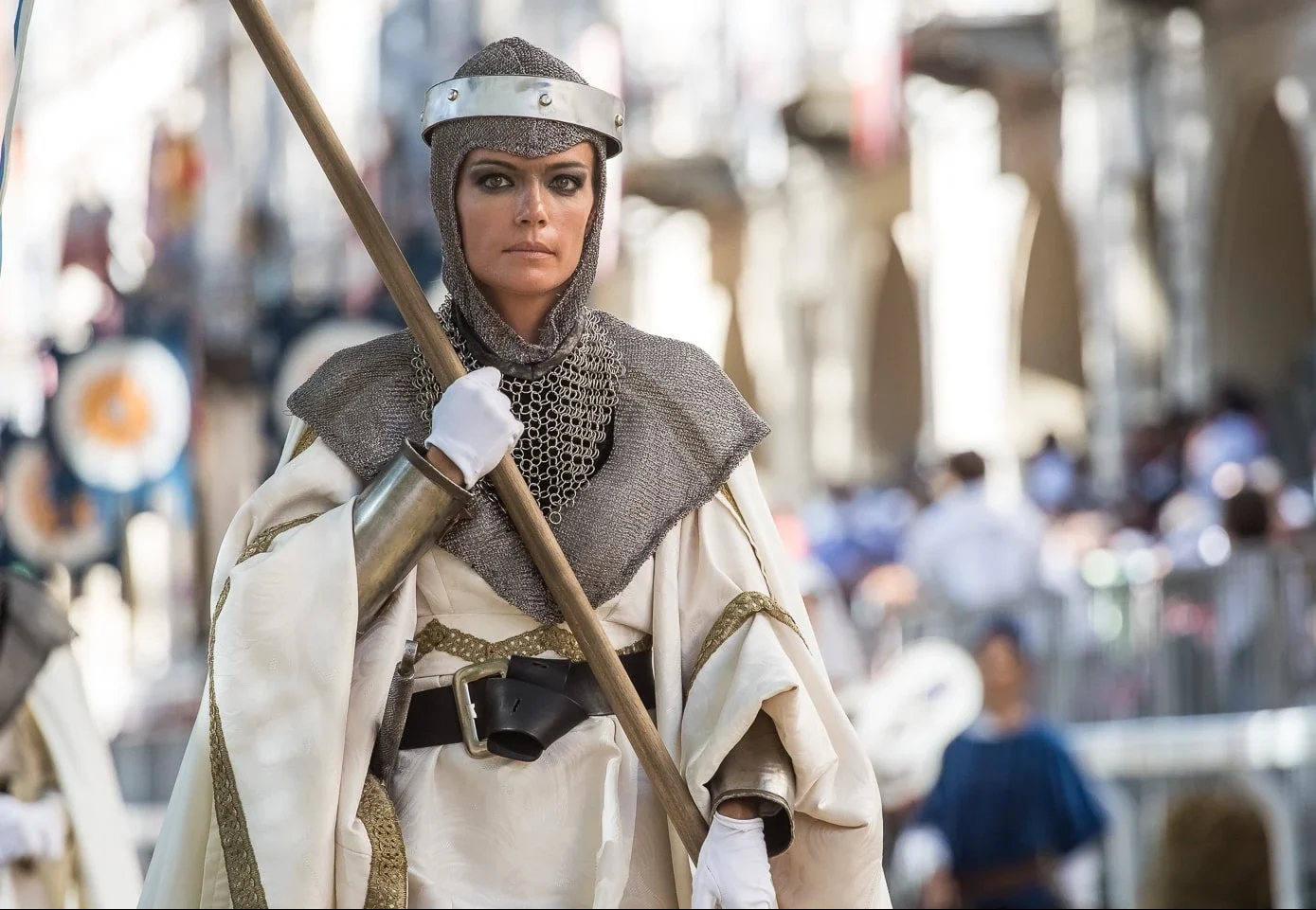
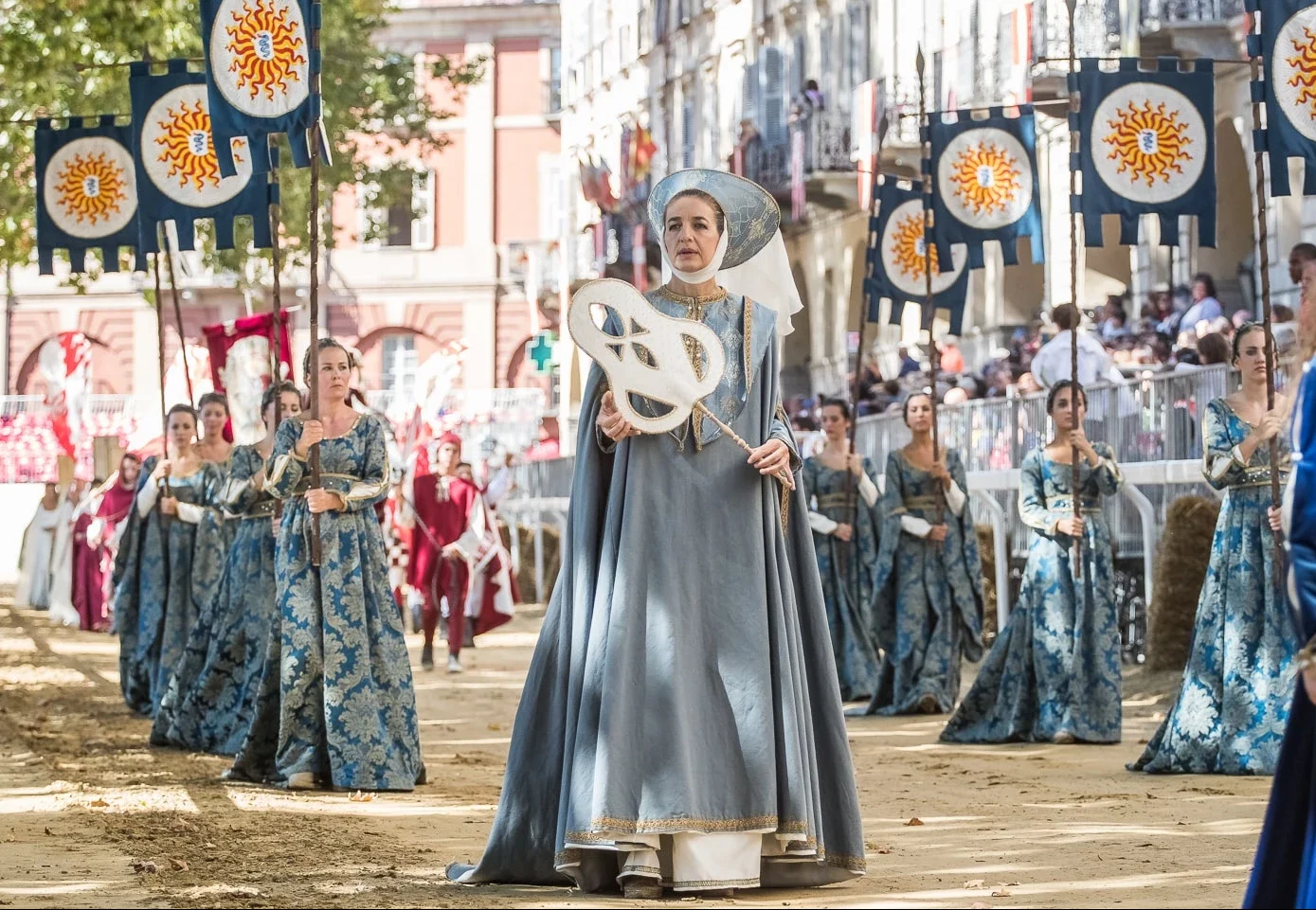
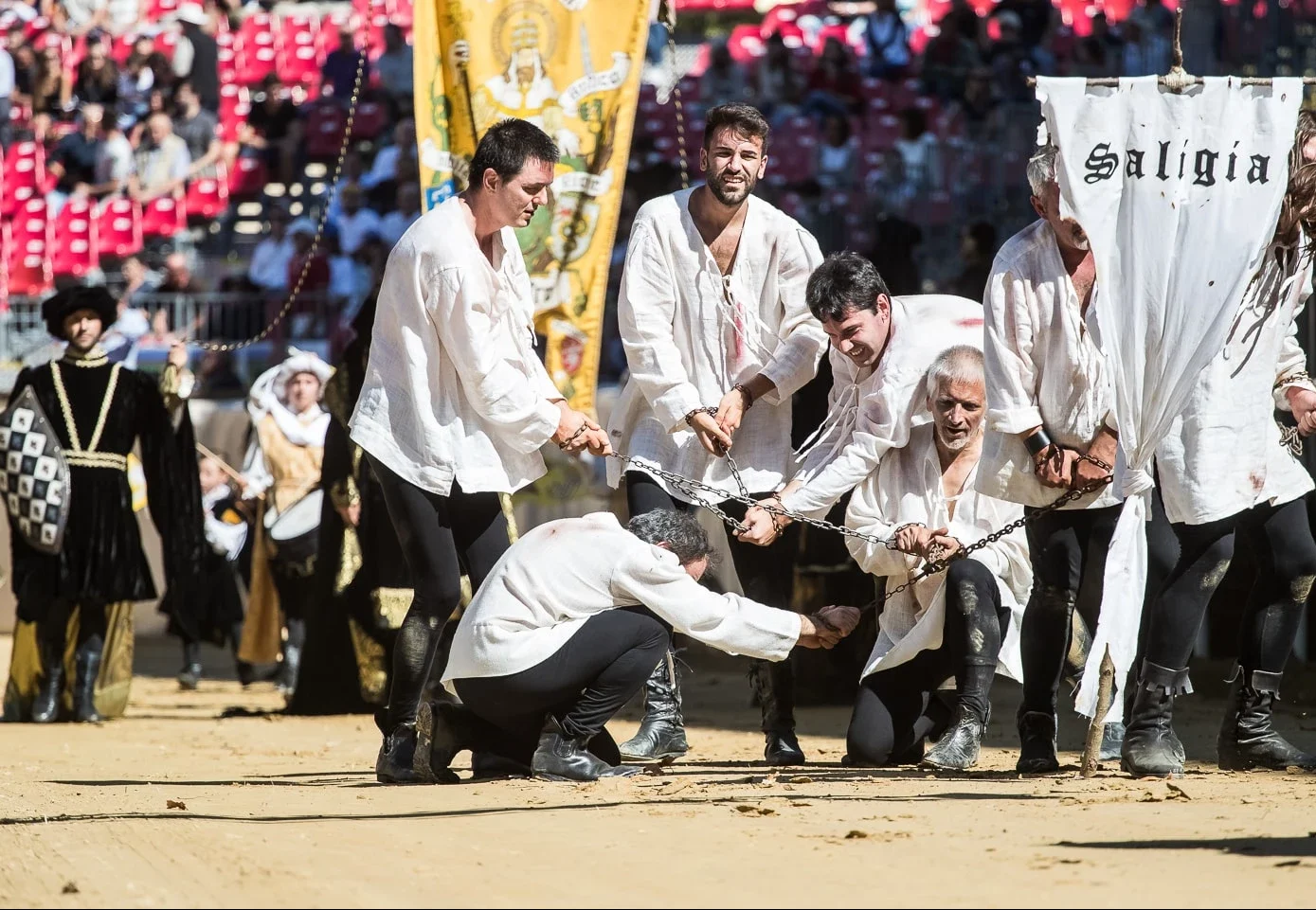
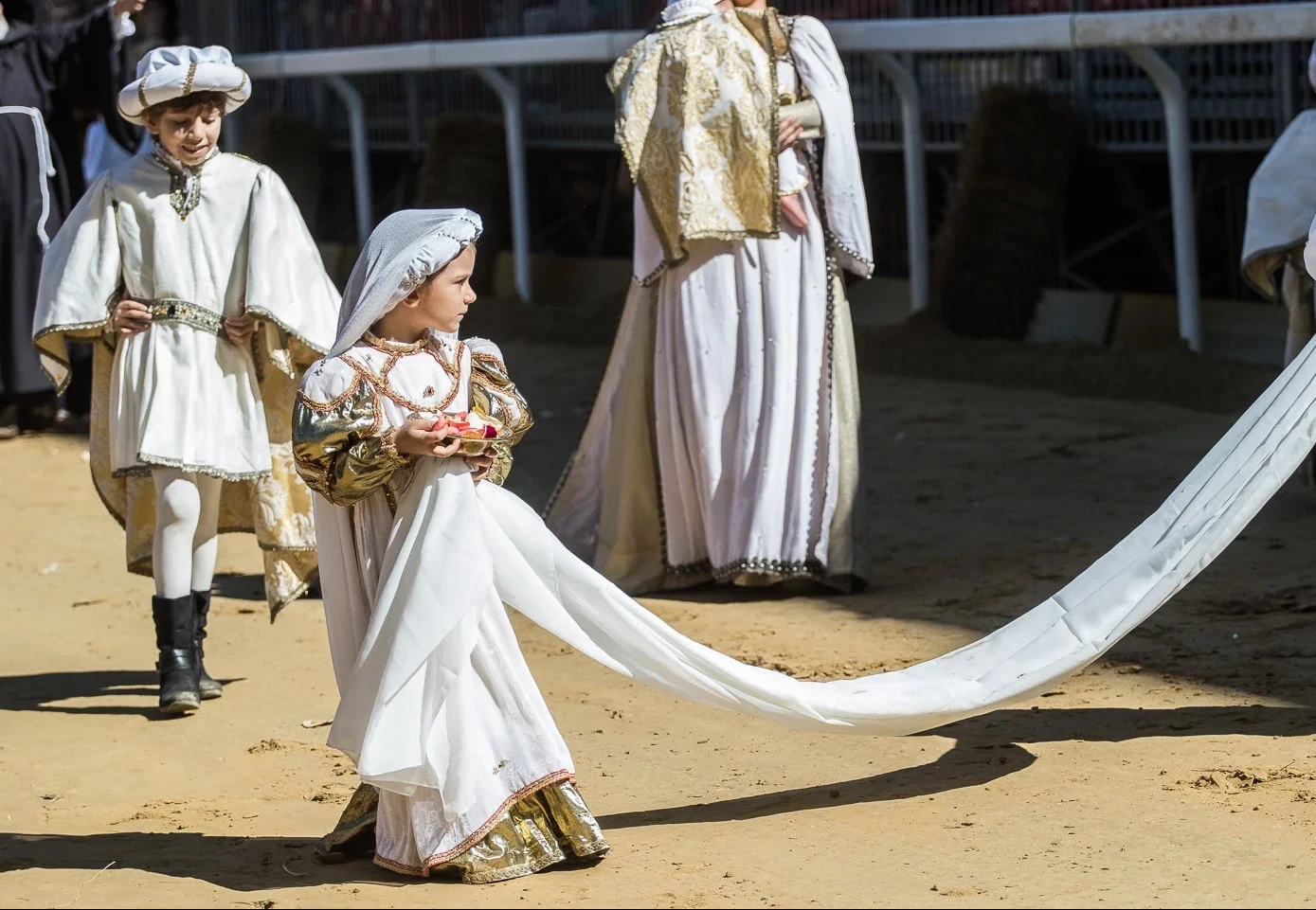
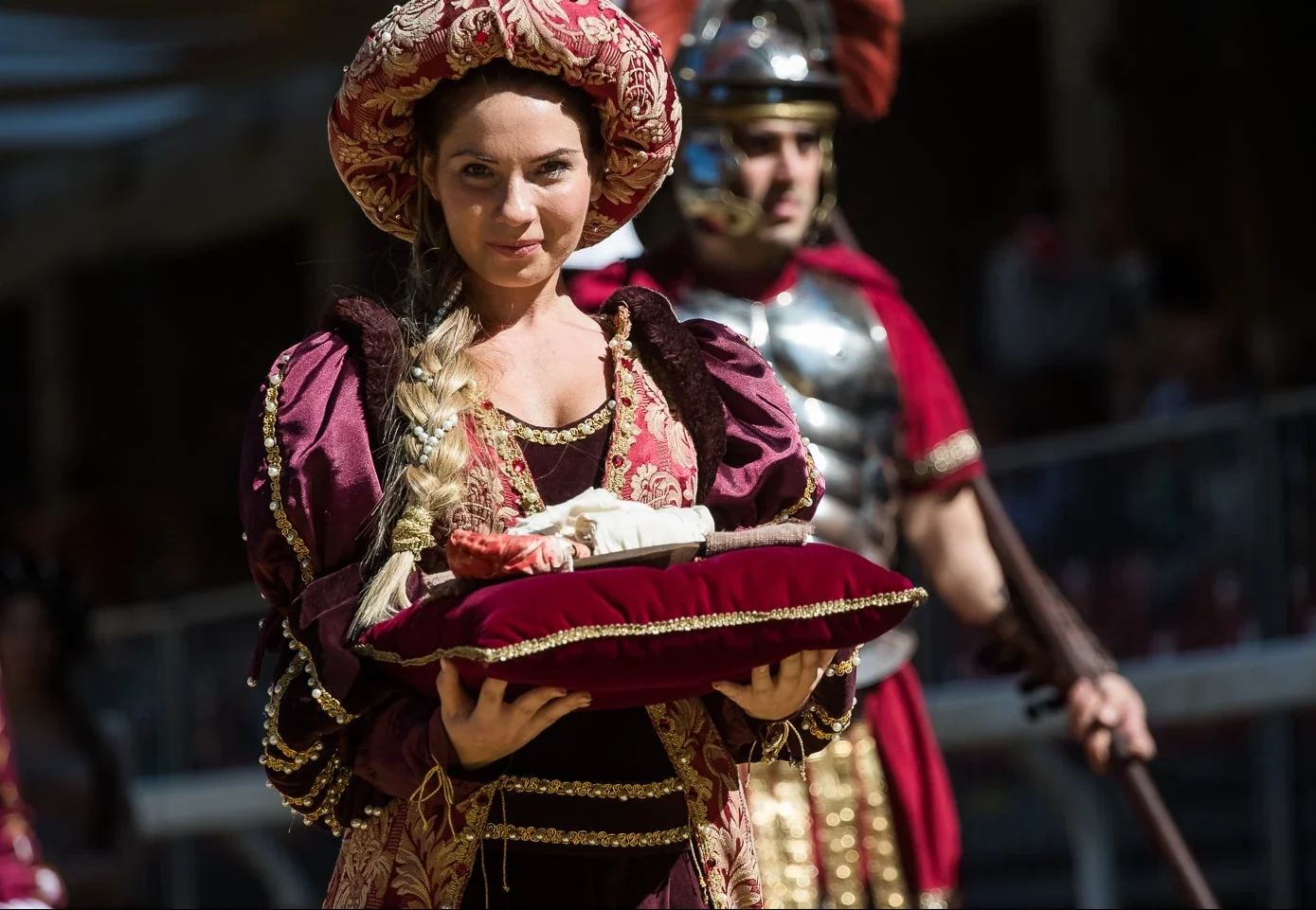
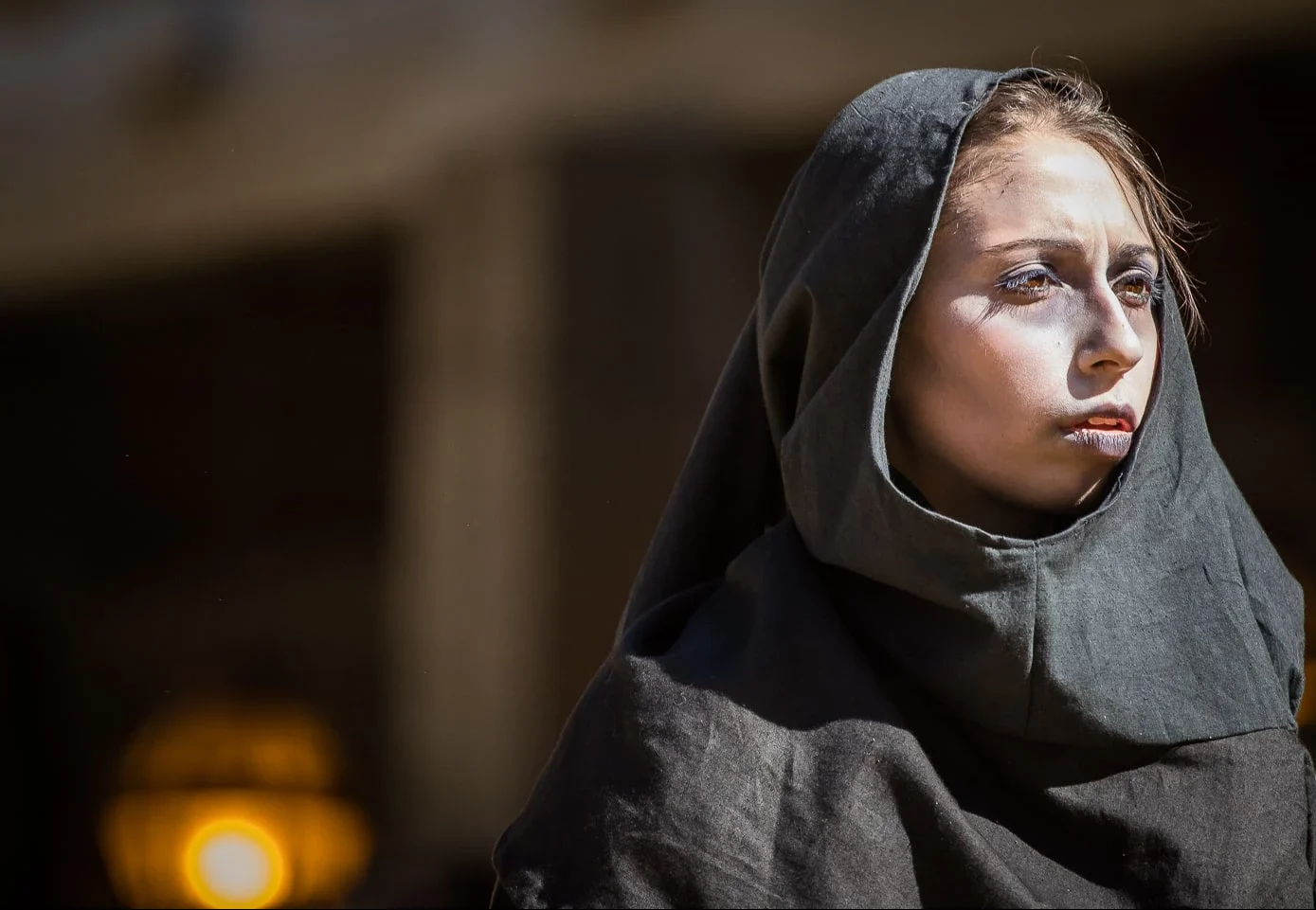
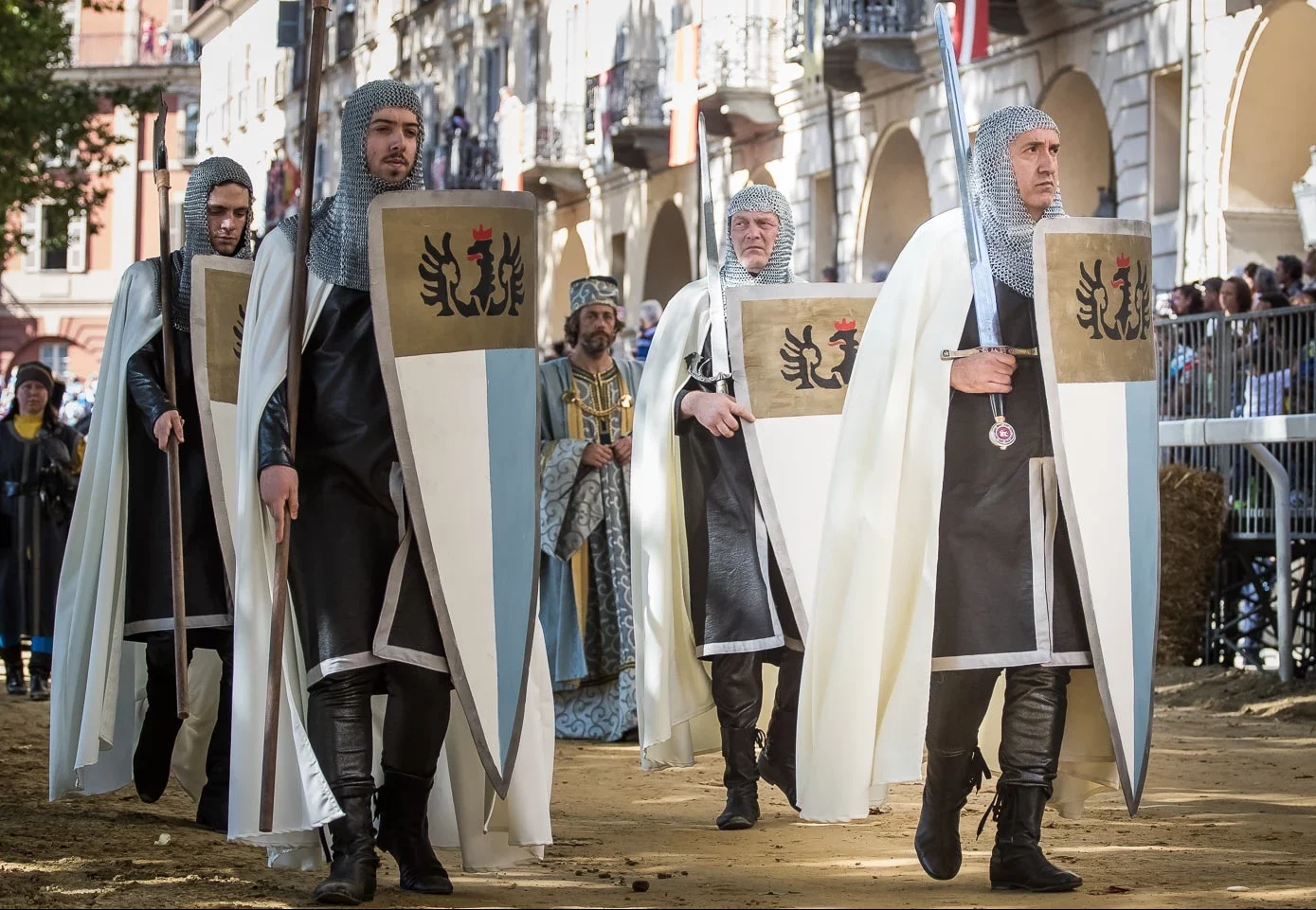
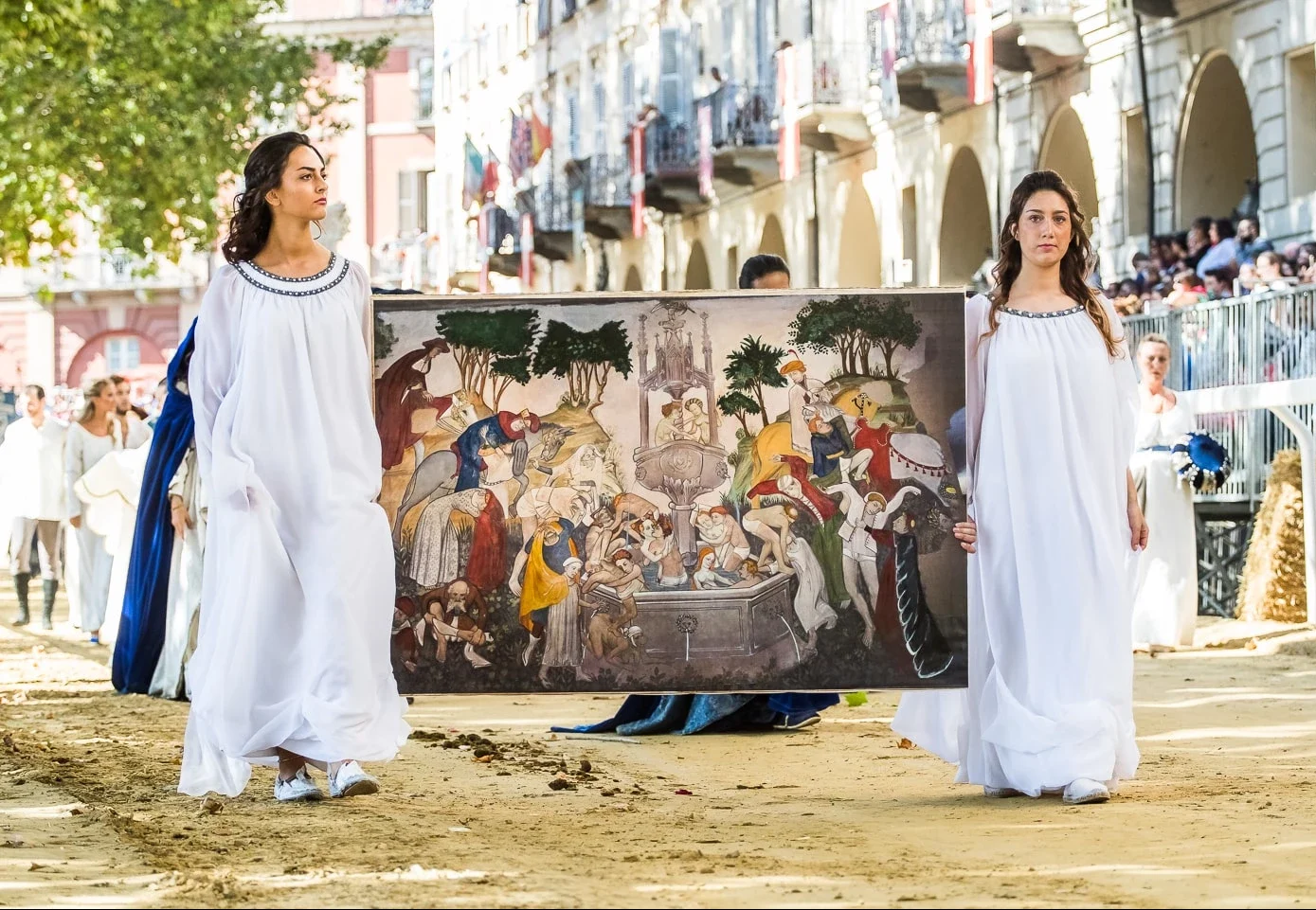
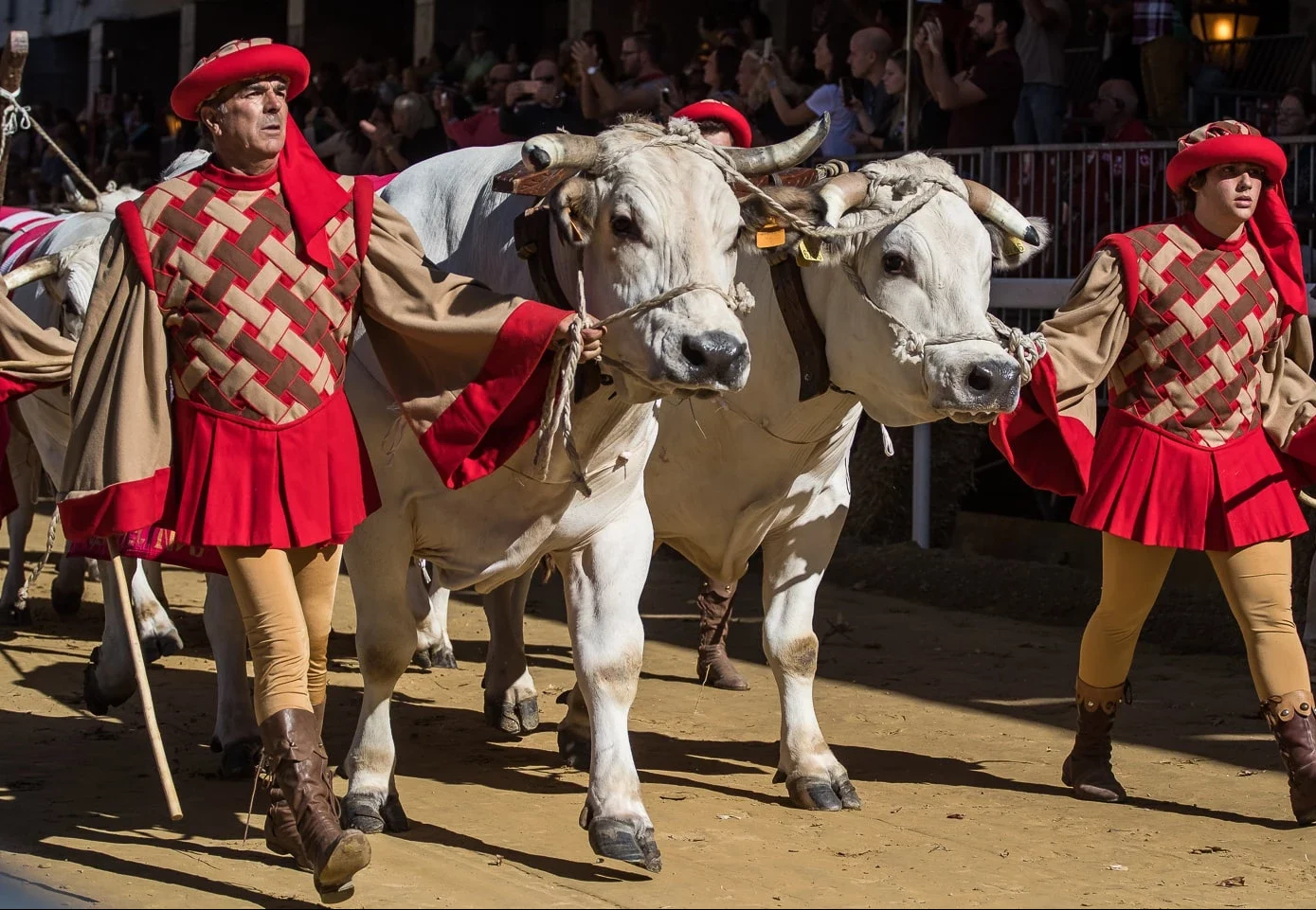
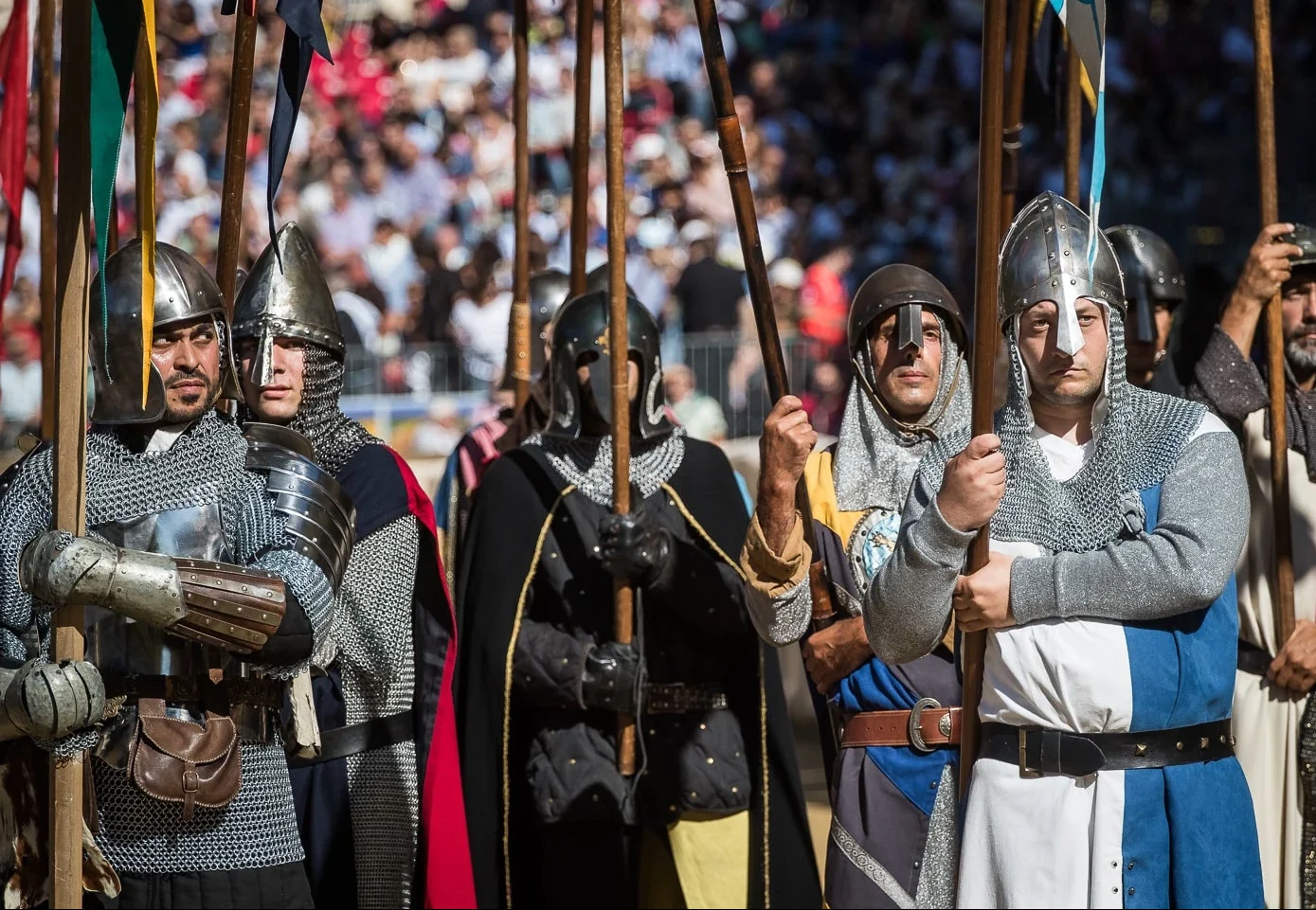
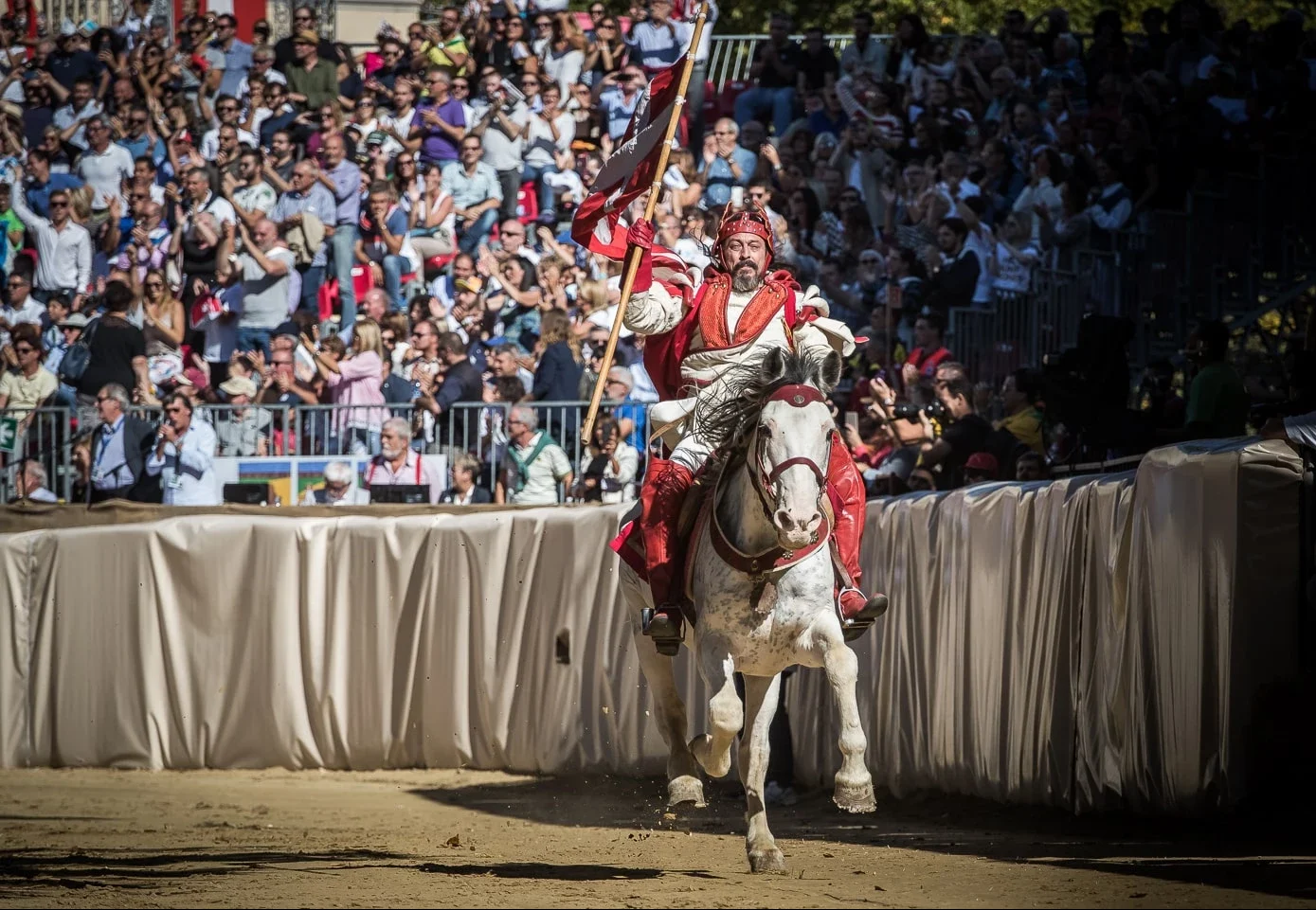
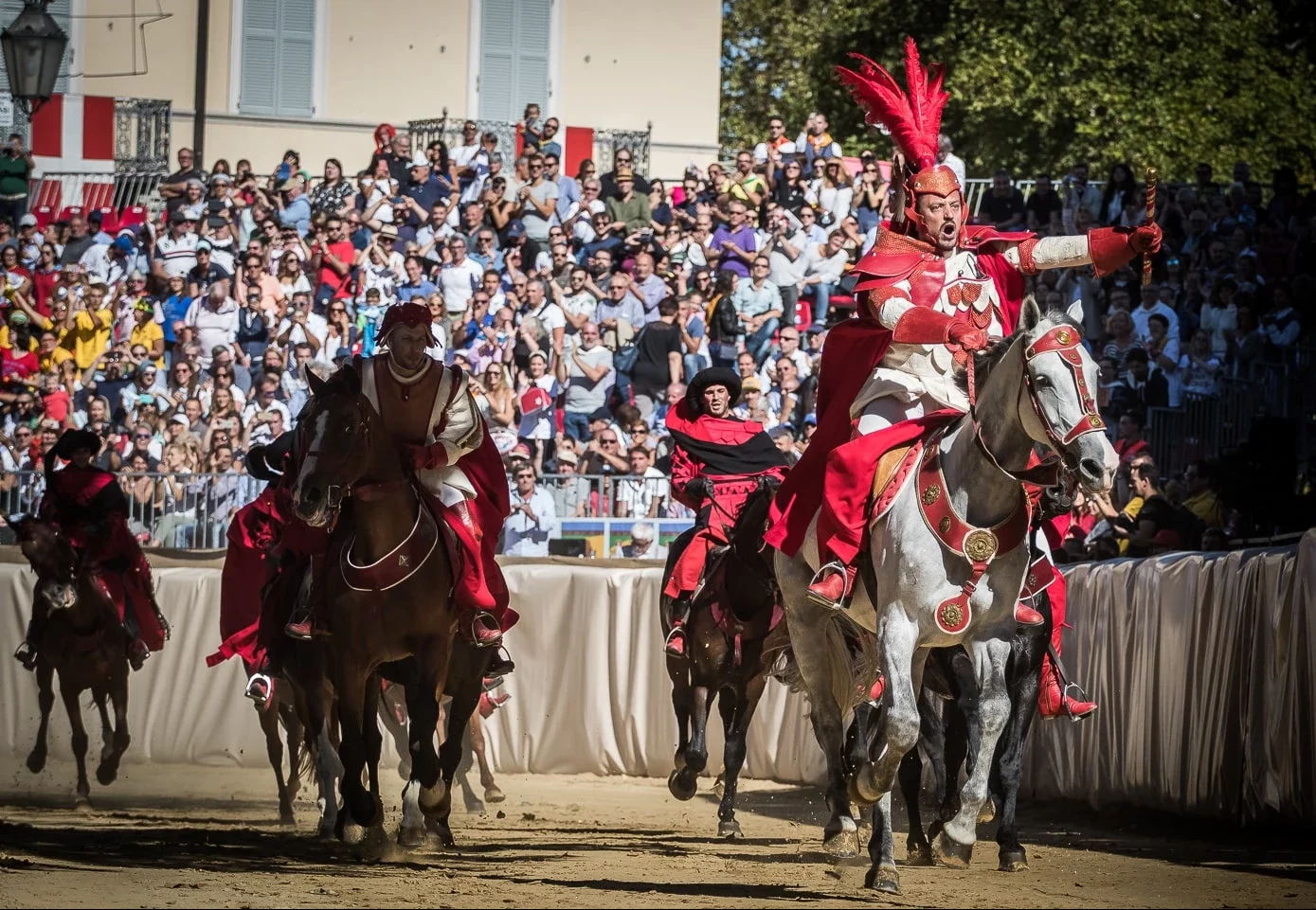
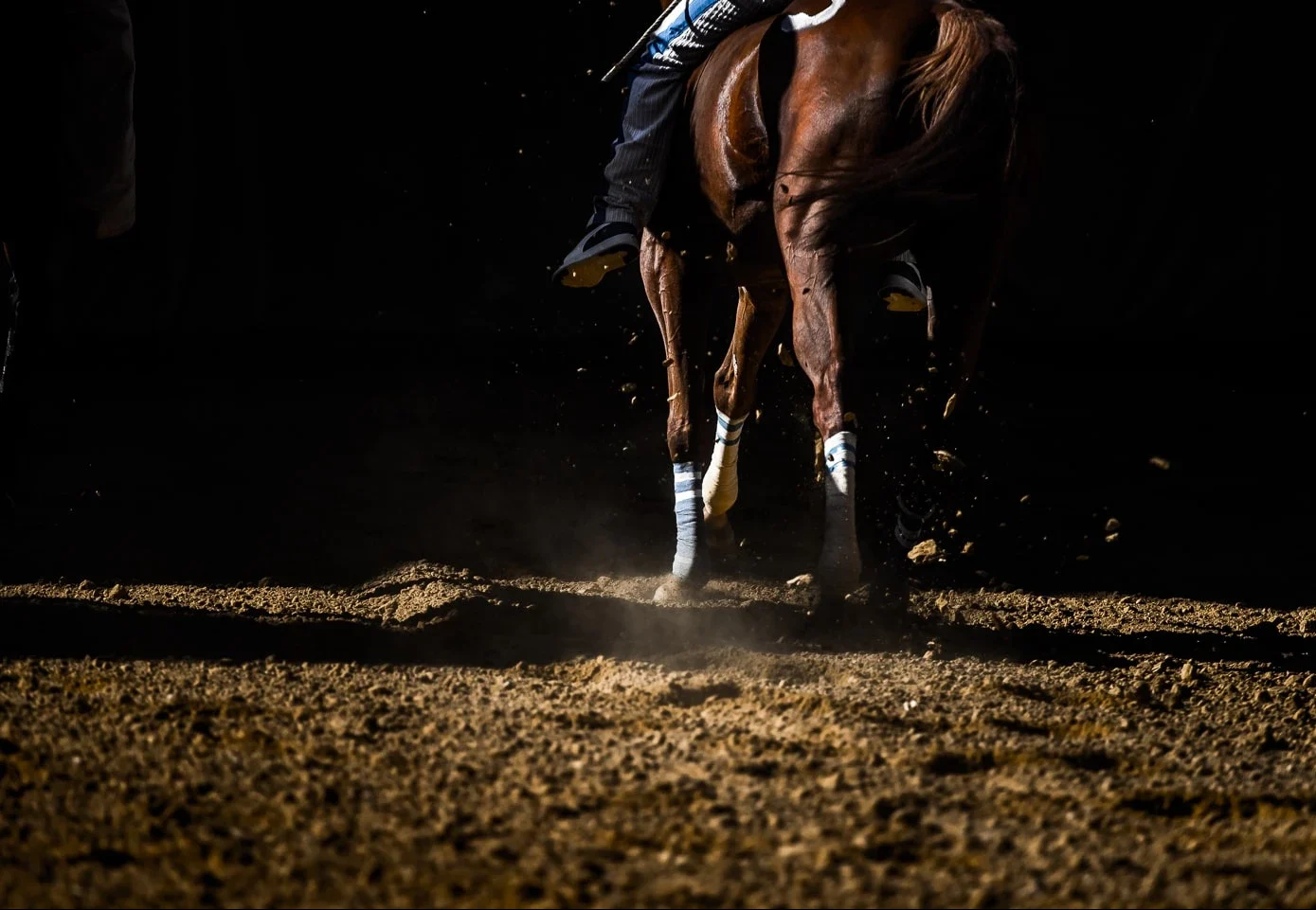
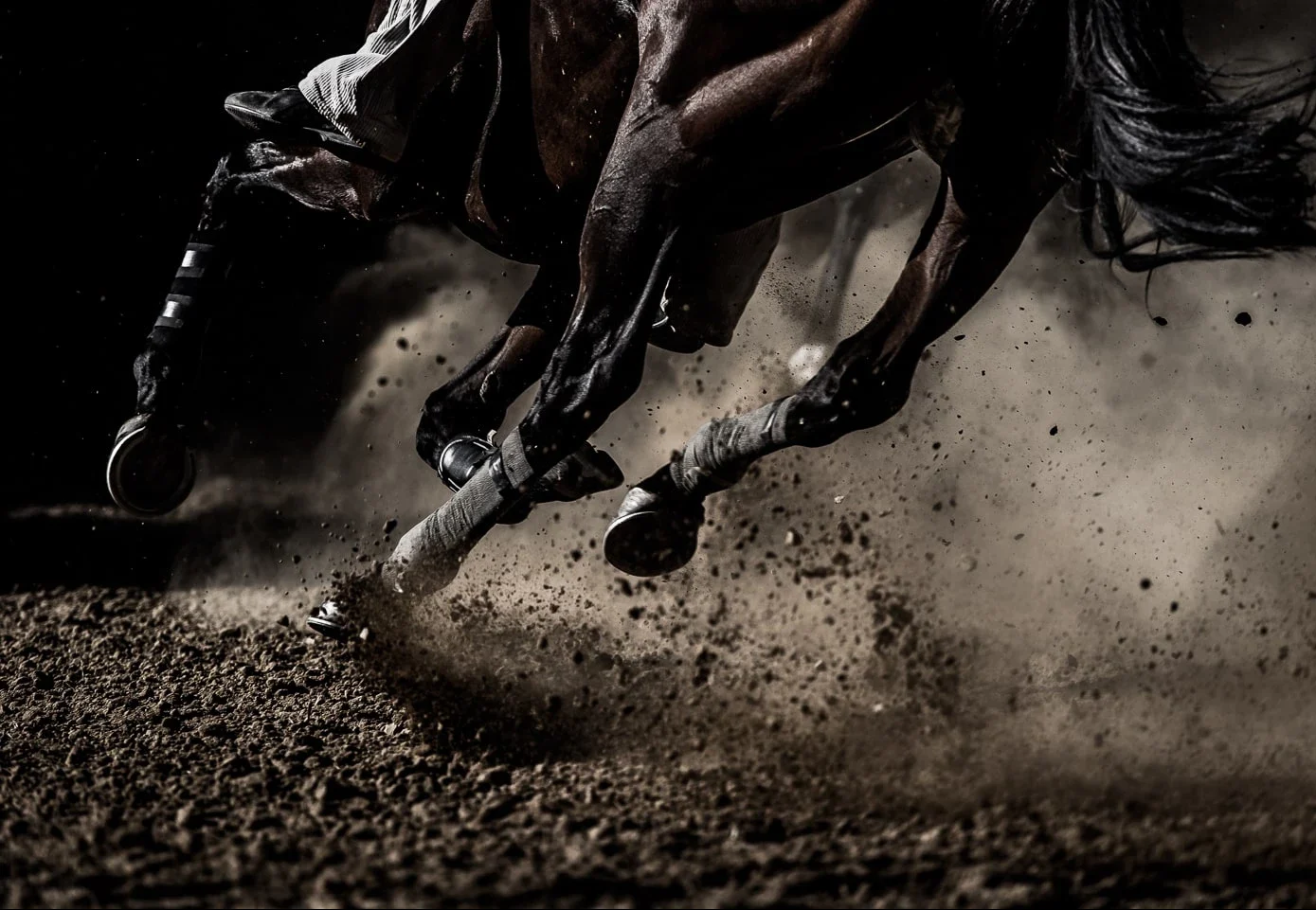
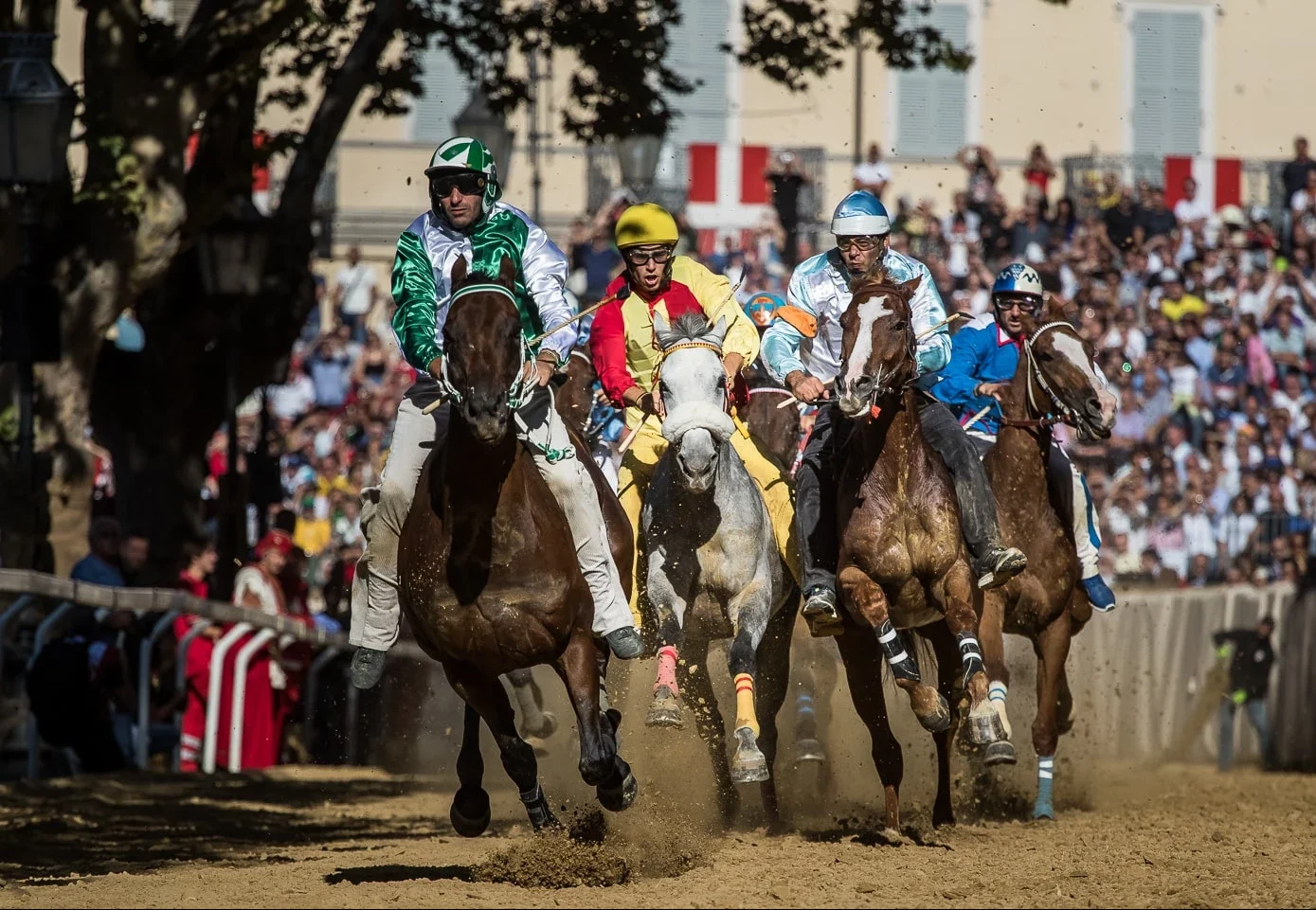
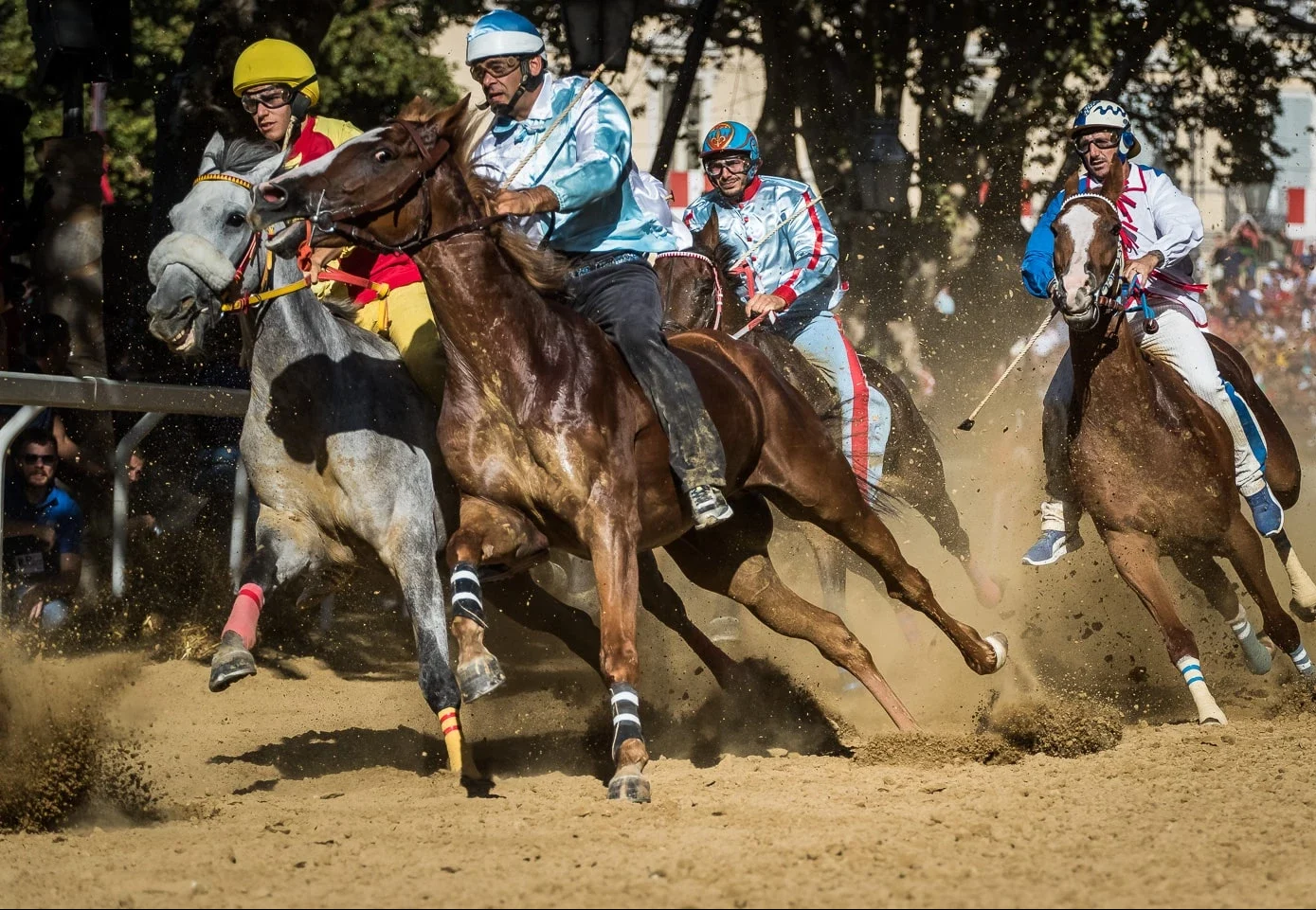
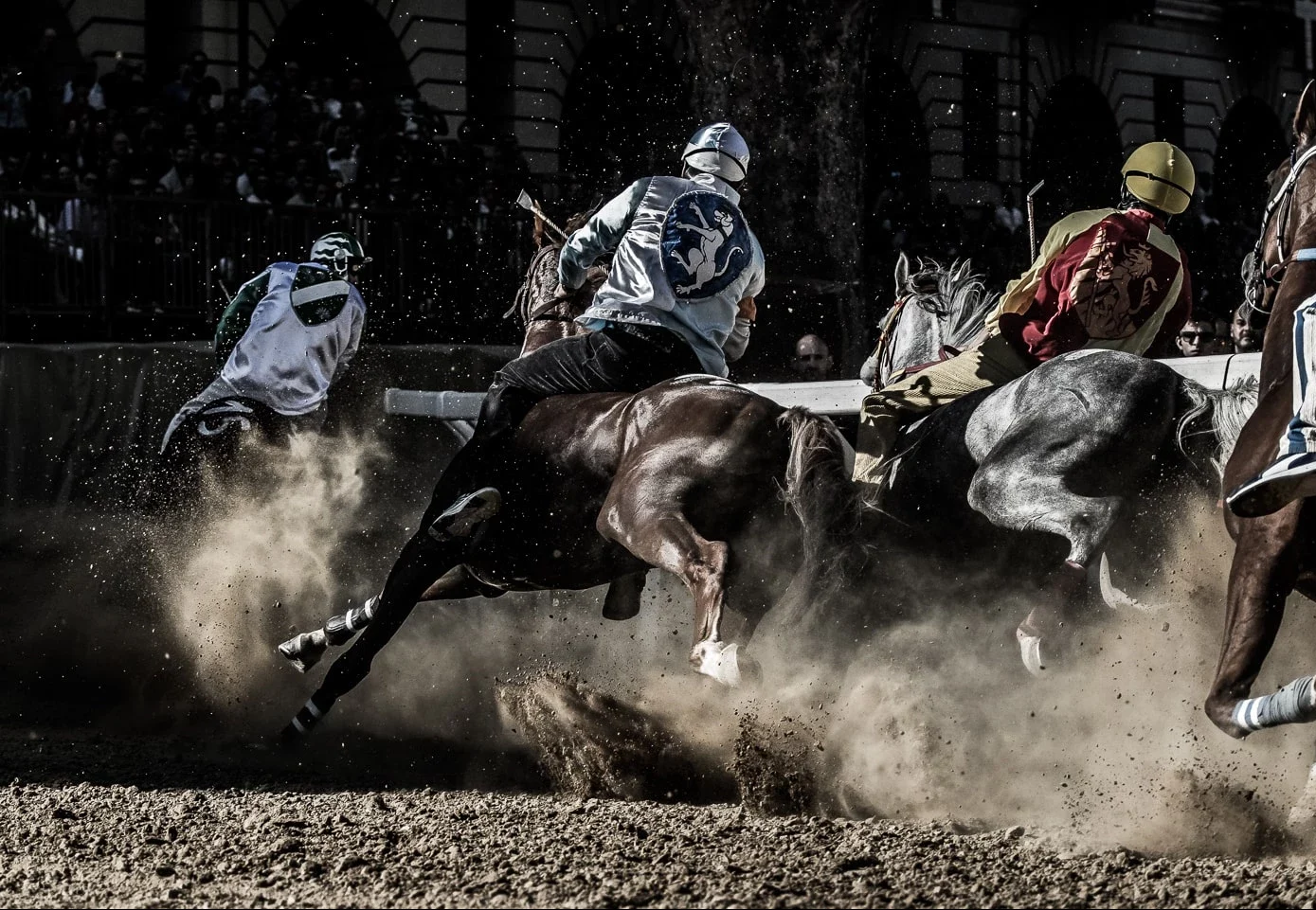
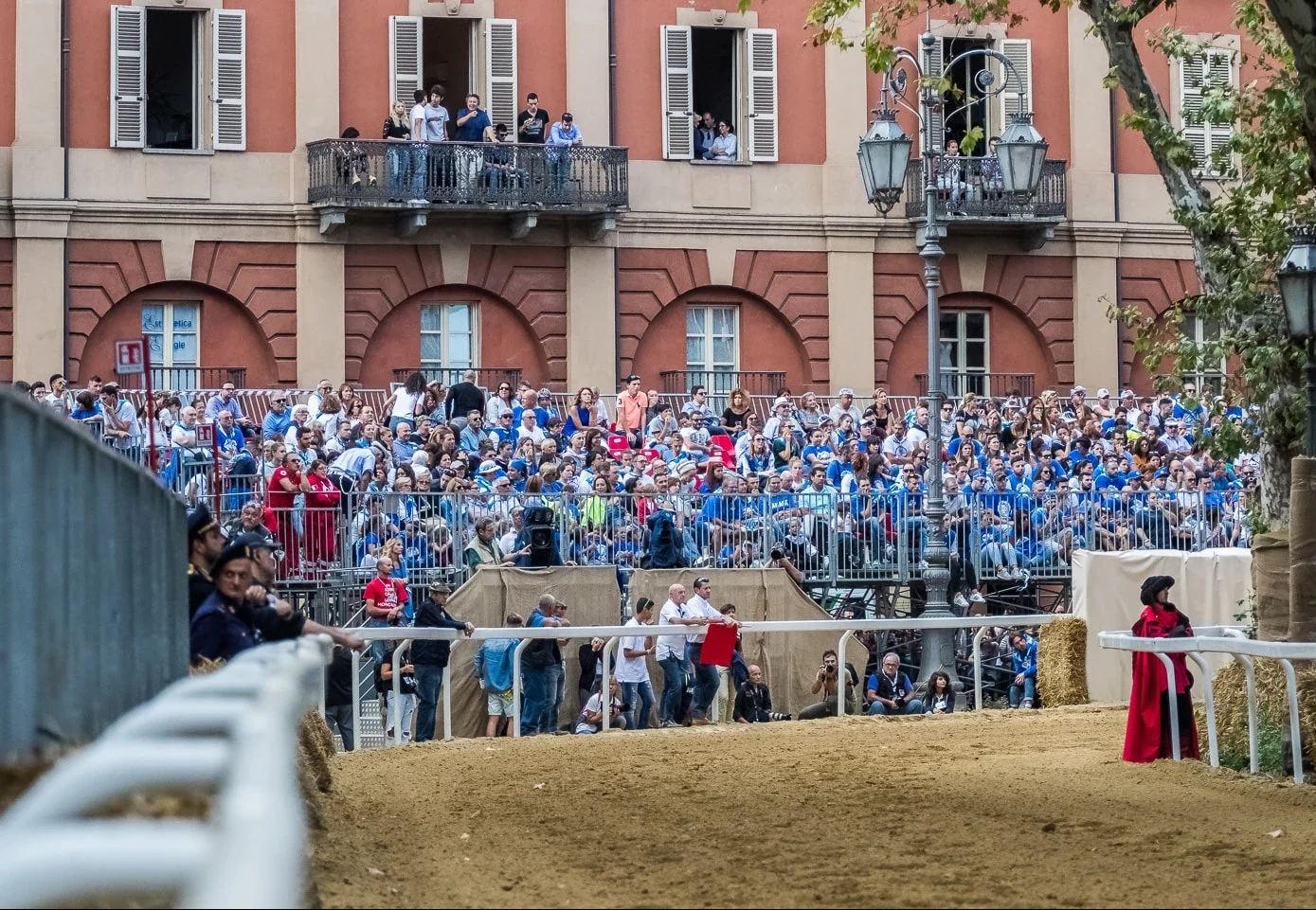
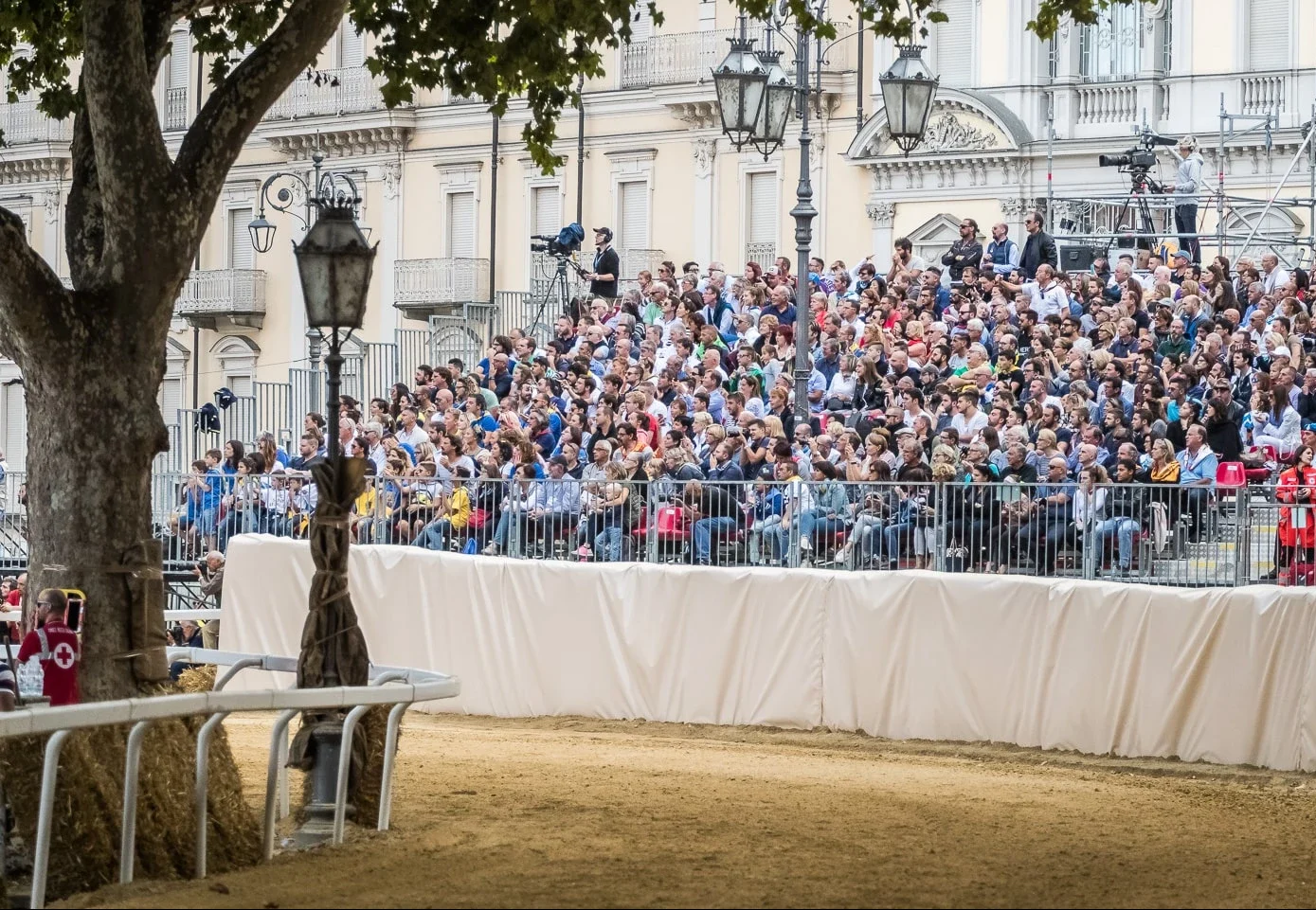
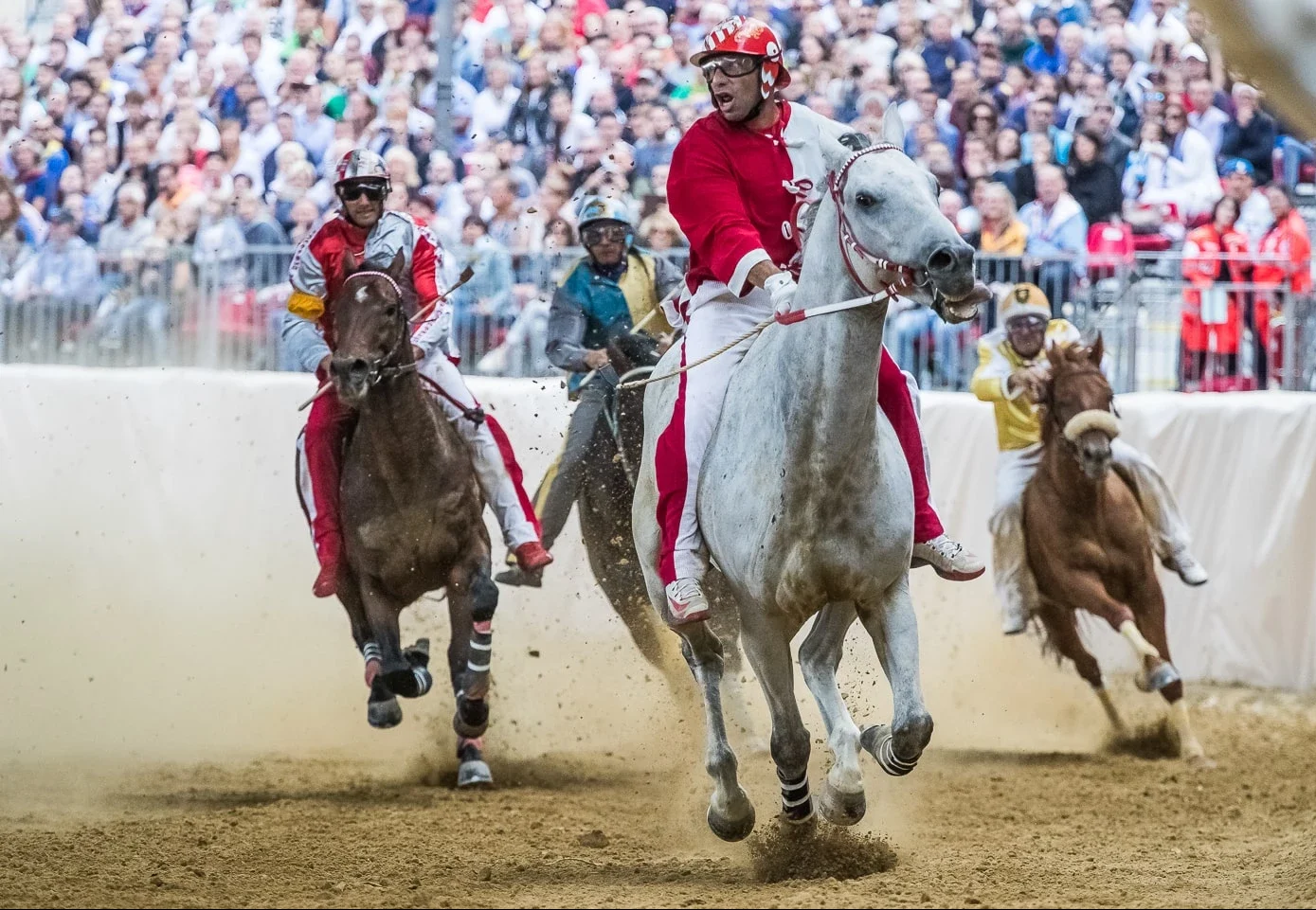
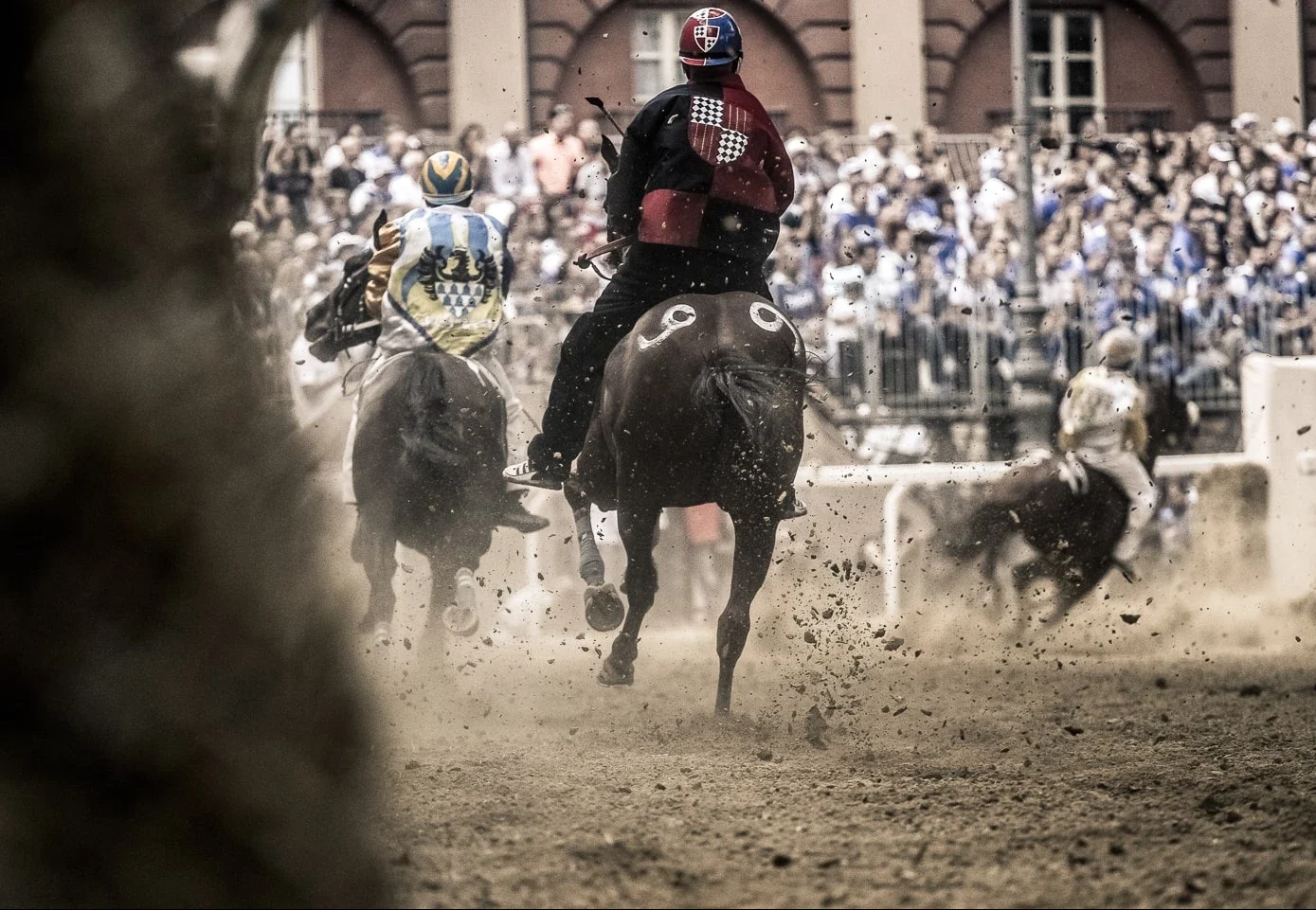
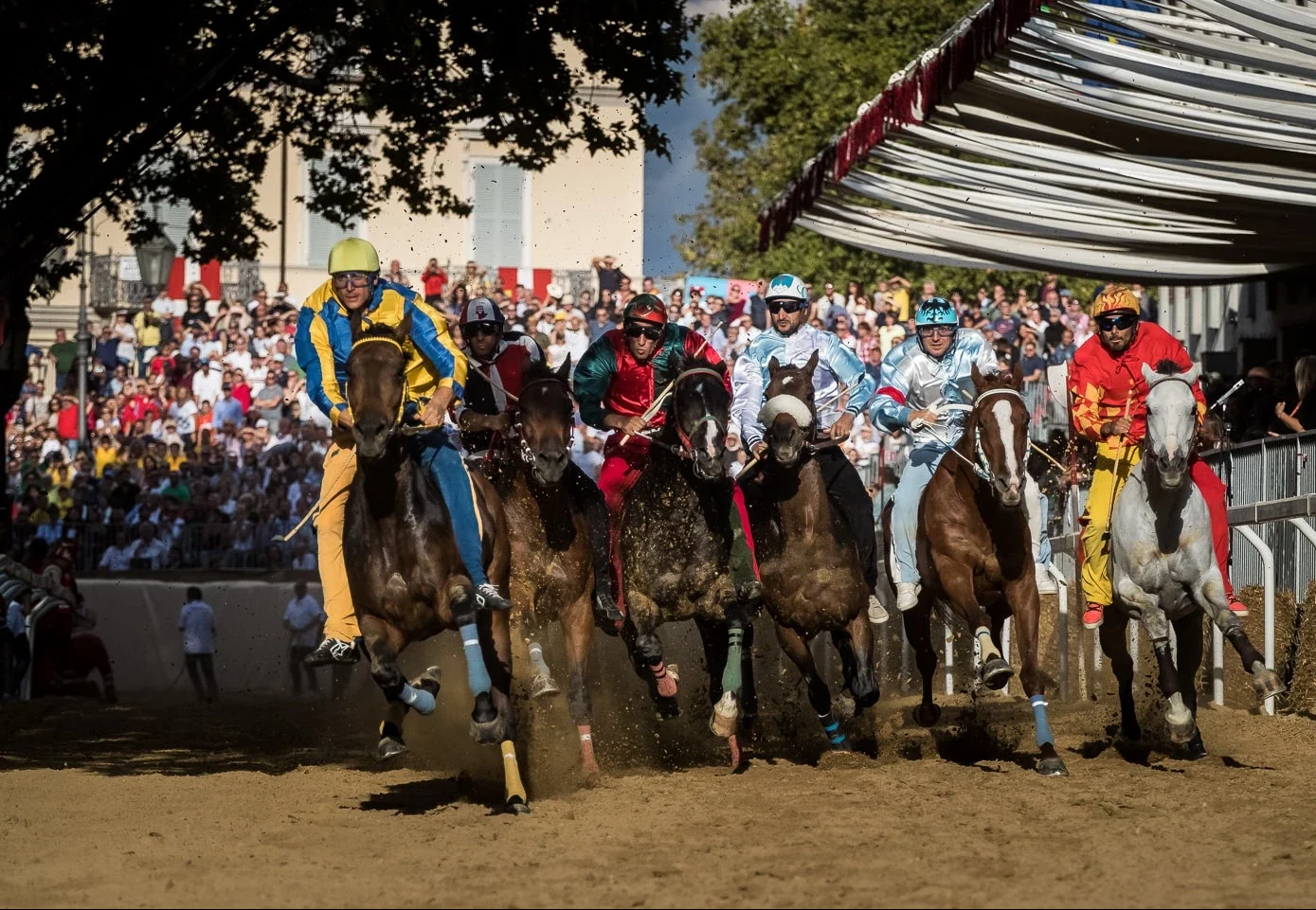
Palio di Asti
Take part in the excitement of the race
Sunday 7st September 2025
Let the medieval atmosphere of the city brings take you the most important event of the year: the Palio week.
Flags and trumpet will announce the entrance of the Captain and his Magistrates in the square, riding on their horses.
Who will attend the Palio will got excited, every minutes more.
There will be three final heats. Just few minutes each. That’s what makes the Palio of Asti unique.
THE PROGRAM OF THE DAY
10 AM – AT THE CITY PARISHES
horse and jockey blessing ceremony
11 AM – SAN SECONDO SQUARE
exhibition of the flag-wavers of the A.S.T.A.
2.00 PM – CATHEDRAL SQUARE
start of the historical procession: Cathedral Square, Via Caracciolo, Via Carducci, Via Giobert, Corso Alfieri, Via Gobetti, Via Garibaldi, Via Gardini, Piazza Alfieri
ALFIERI SQUARE
4 PM – Race of the Palio with barebacked horses (without saddle)
Three batteries
5 PM – Exhibition of flag-wavers
6 PM – Final race of nine horses and assignment of the Palio to the winner
TORRETTA WON PALIO 2024
Ph. Ada Lupoli
When
Quando
The first Sunday of September
(events before the race will be open from Thursday)
Where
Dove
Old town streets and Piazza Alfieri
Tickets and Accreditation
Biglietti
Palio 2025 tickets can be booked from 29 May 2025 by writing to the email address:
biglietteriapalio@comune.asti.it
Indicating:
- number of tickets requested type of grandstand
- first name
- surname
- city of residence
- phone number
For information call:
– tickets office: 0141/399057
– the Events Service 0141 399/261/479/386;
Pass accreditations
The models will be published by June 2025.
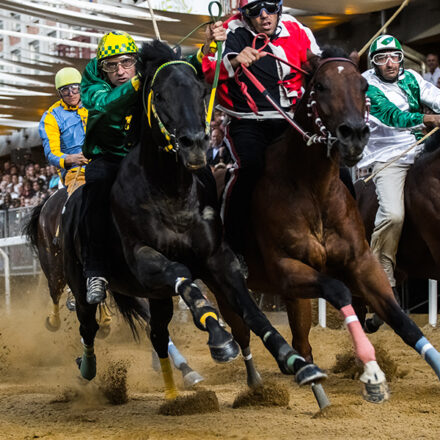
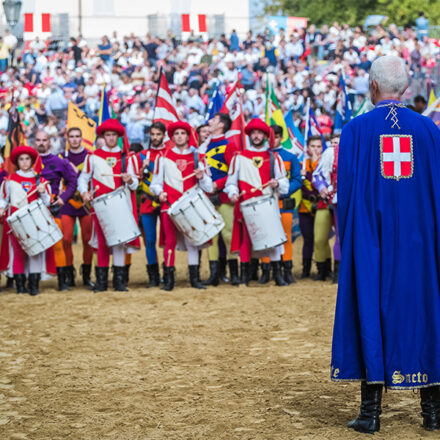
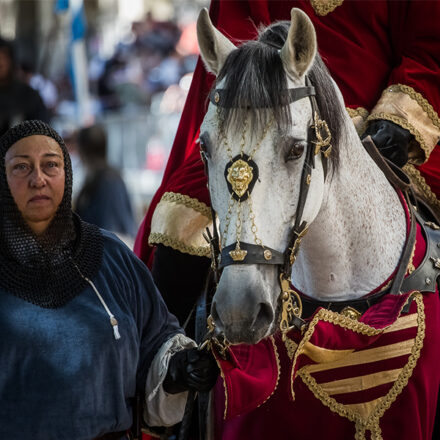
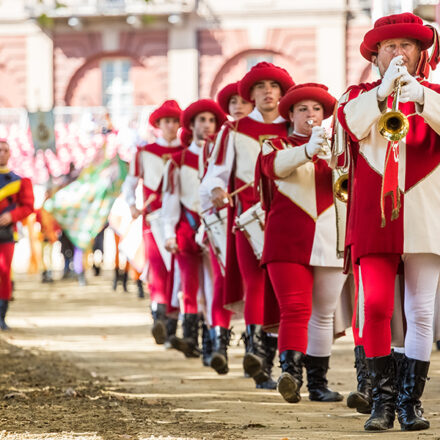
The Town
Asti is a MiddleAge city where the Palio is born.
The fortified houses, the Romanesque churches, and the cut-off towers of the XII-XV centuries dominate the refined baroque facies of the old town, the eighteenth-century and elegant noble palaces, the nineteenth-century arcades, or some suggestive liberty views. In Asti, the Middle Ages dominates, emerging along the streets and at the corner of every square. Asti is dominated by the Middle Ageemerging along the streets and at the corners of each square.
Expectation
The city to get ready needs… a year. A city that is getting ready for “its day”: Banners and flags show the pride of be part of it.
On the main square, the circuit and stands are borning: sand, fences, jute, barriers. The rope, the winch, the reharsals…
A city that anticipates the Palio with the emotions of the people in its squares, the propitiatory dinners on Friday and Saturday, the little market on the race-eve day, the official enrollment of jockeys in the halls of the Town Hall on Saturdays, the children’s parade… And then, on Sunday, the solemn Mass in the churches in the morning, the blessing of the horses, the costumed figures in the streets, the tension that is felt, the excited and cheering villagers, the participating tourists, the open museums…
Asti has its Palio! Asti runs the Palio!
History
of the Palio
Storia del Palio
The 10 August 1275, the people of Astesi ran the Palio near the walls of Alba as was the custom in Asti during the feasts of Saint Secundus. This is the first testimony of the race.
Since that time, the Palio has always accompanied the historical development of the city, reflecting its alternating events.
In eight centuries, it has undergone transformations, but has kept its original characteristics unaltered:the charm of competitive competition, the partisan passion, the privileged relationship with the patron saint and a great identity value.
The Palio is Asti and, year after year, has been recognizing itself over the centuries in the horse race, in the charm of an ancient collective ritual.
Folklore
The sounds. The neighing of horses lining up at the rope. The defiant songs of the of the competing districts. The announcement “We’re running the Palio!”, shouted out loud by the Captain.
The colors waved during the flag-waving performances. The colors of the dresses of the ladies, nobles and knights during the parade. The colors of the jackets worn by the jockeys so that they can be recognized in the confusing whirlwind of the race.
People. All lined up for its faction (twenty-one districts, villages or municipalities), each involved in the preparations since the year before. Because the Palio is run in one day, but lasts a year.
Rituals. The choice of Palio’s master who will have the honor of painting the banner. The May festivals in Asti which start the paliophile year. The propitiatory dinners of each district, village and municipality. Jockeys’ presentation. The blessing of the horse. The historical parade and the Eve races. Remaining faithful to tradition is the best way to pay homage to the oldest Palio in Italy.
Settembre
Astigiano
